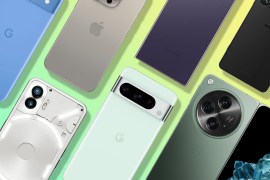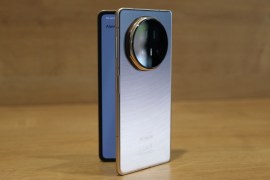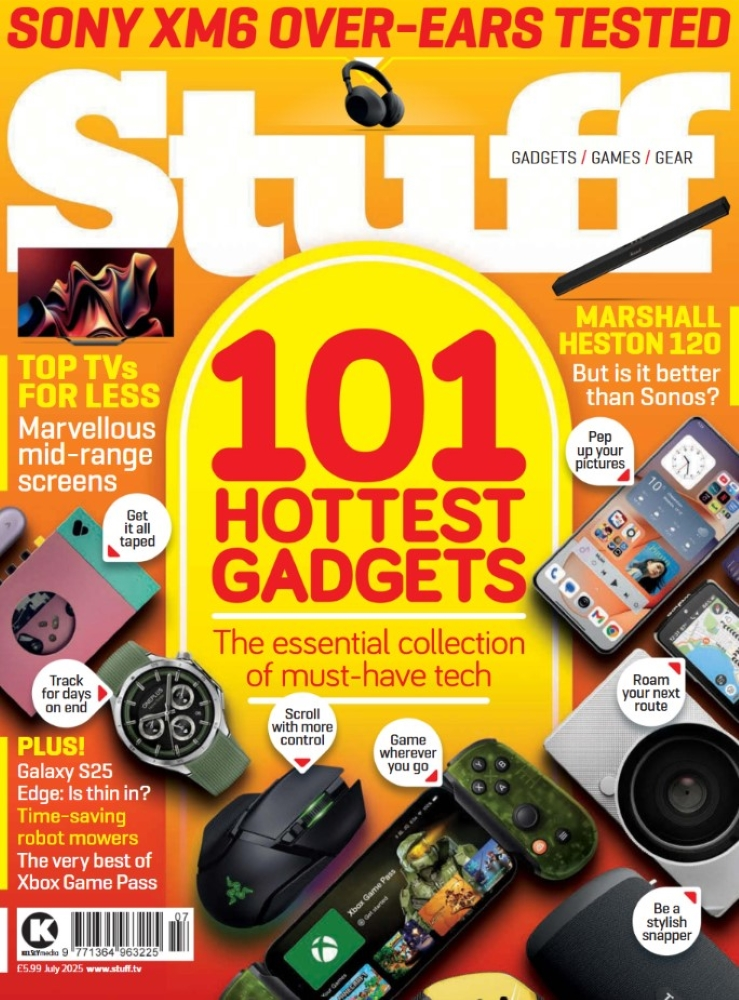Google Pixel 9 Pro Fold review: a much more fitting foldable
Second attempt smartphone gets a new name - and improves in all the right places

Stuff Verdict
An astonishing year-on-year turnaround for Google’s foldable effort. The Pixel 9 Pro Fold isn’t quite a class leader, but has the styling, screen and software to earn a podium place
Pros
- Major design overhaul for the better
- Consistent performance and day-long battery life
- Very capable rear cameras
Cons
- Beaten by the competition in several key areas
- Multitsking feels restrictive compared to rivals
- Still eye-wateringly expensive
Introduction
Don’t call Google’s second stab at a foldable smartphone the Pixel Fold 2. The Pixel 9 Pro Fold is such an overhaul from that shaky start it has earned a new name, along with styling more in keeping with the rest of the Pixel 9 lineup. It’s much more than a prettier face, though: a new form factor, the latest-gen Tensor chipset and extensive Gemini AI upgrades all make the cut.
Landing at the same $1799/£1749 as its predecessor, the Pixel 9 Pro Fold doesn’t break new ground for affordability. A largely unchanged set of rear cameras and modestly sized battery mean it’s not a total transformation, either. But in a year where Samsung’s best effort saw the most minor of refreshes, will directly addressing the Pixel Fold’s shortcomings be enough to dominate a still-emerging class that has few Western rivals?
How we test smartphones
Every phone reviewed on Stuff is used as our main device throughout the testing process. We use industry standard benchmarks and tests, as well as our own years of experience, to judge general performance, battery life, display, sound and camera image quality. Manufacturers have no visibility on reviews before they appear online, and we never accept payment to feature products.
Find out more about how we test and rate products.
Design & build: that’s more like it
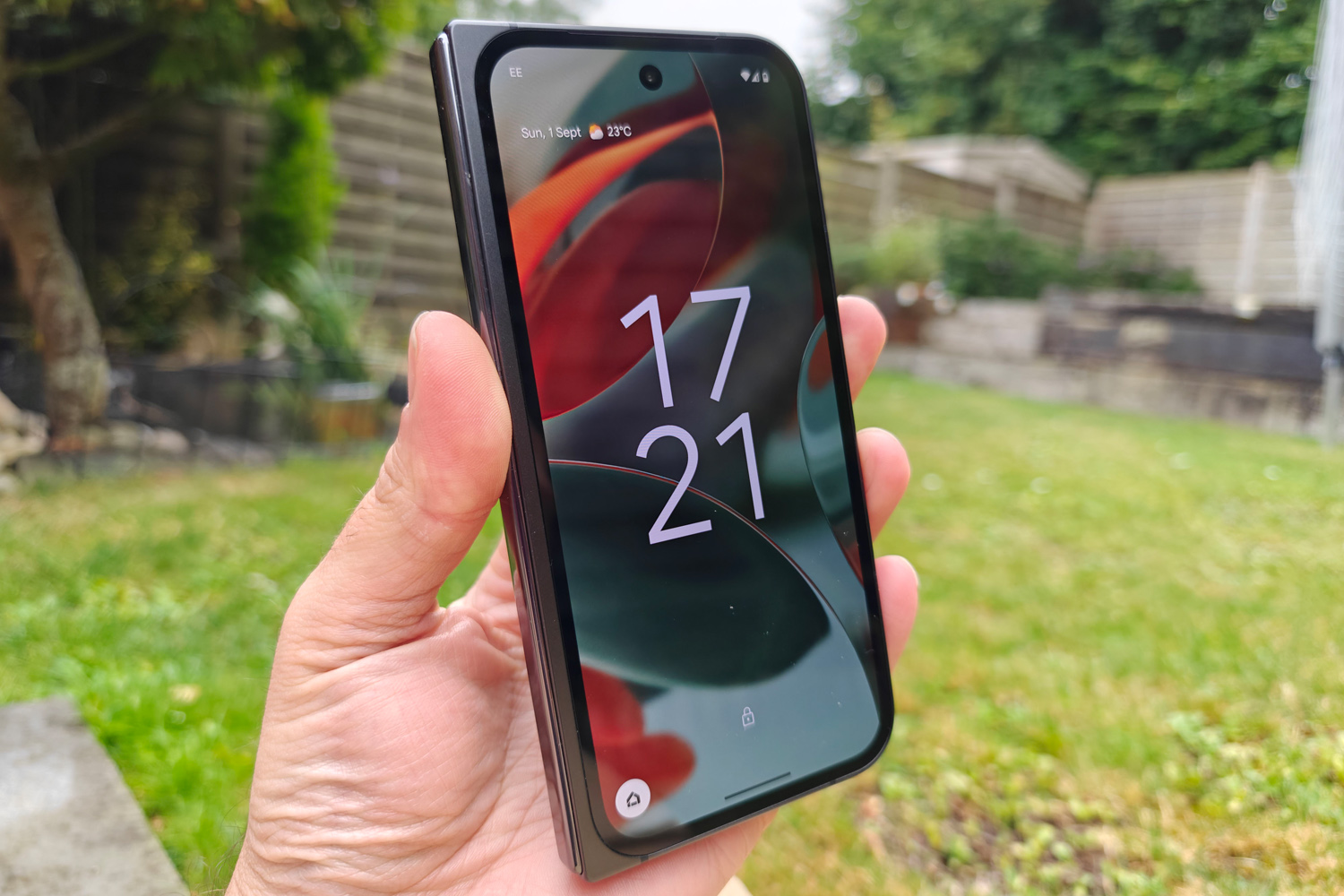
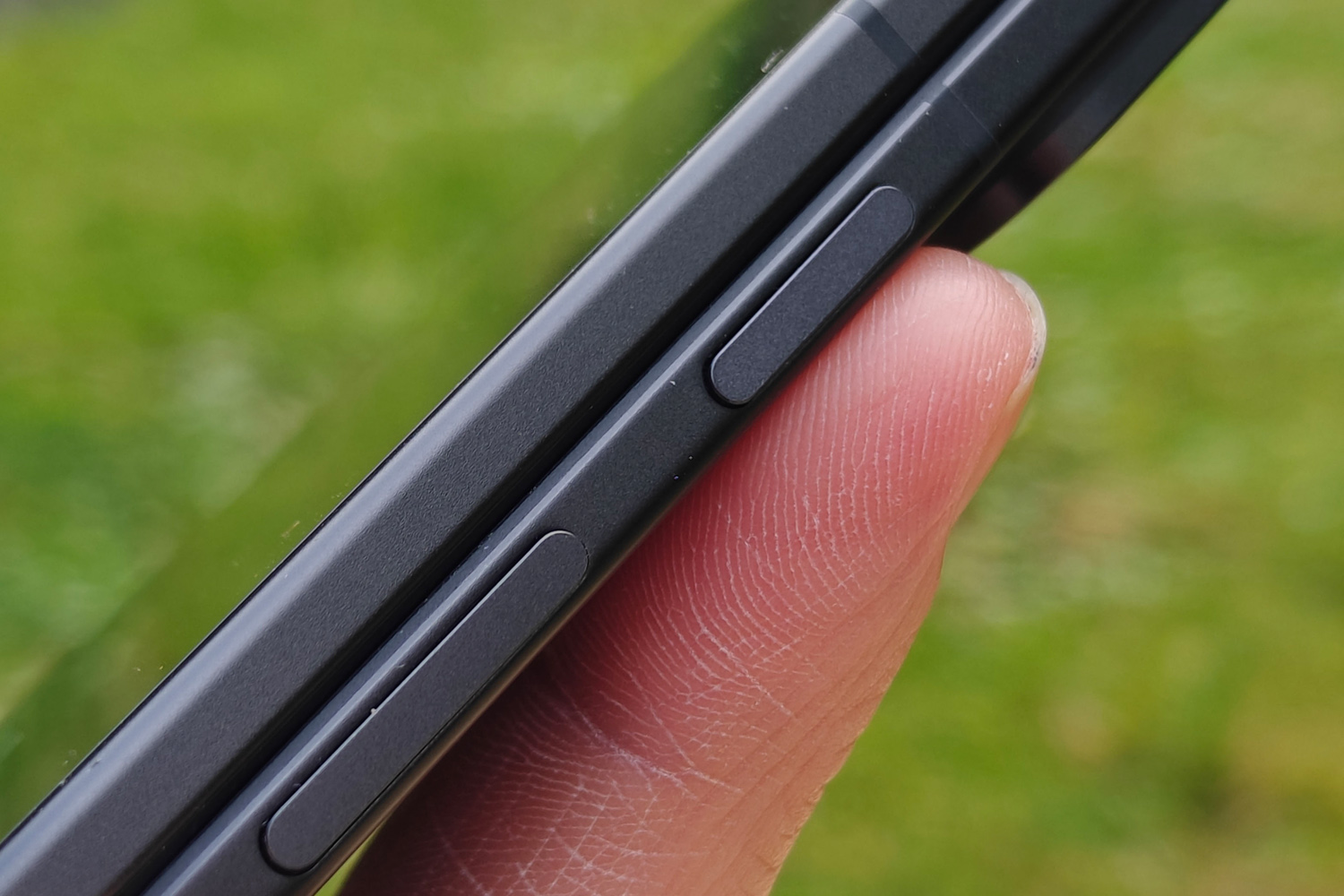

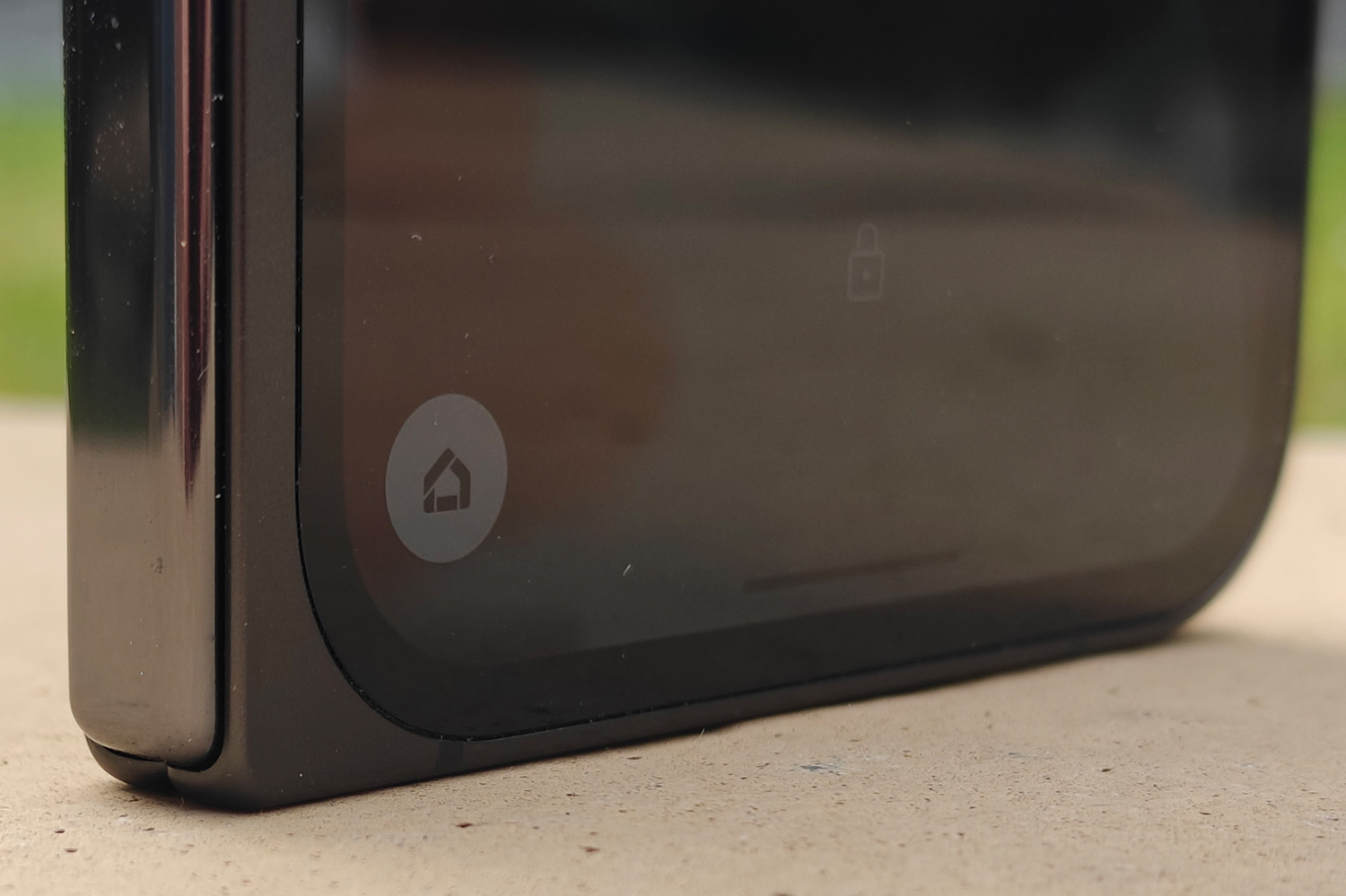
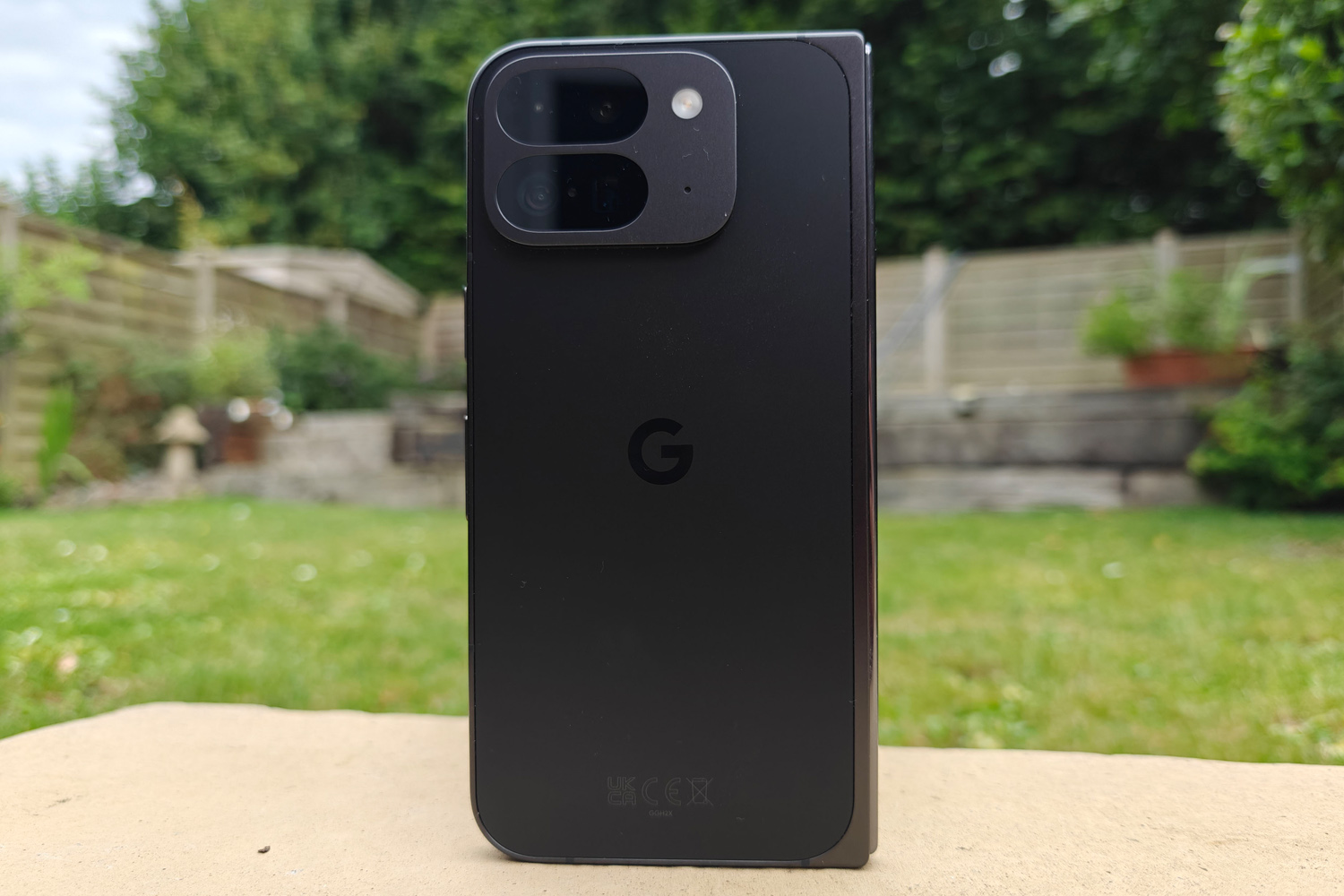
Given the name change, it’s no surprise Google styled its second foldable to be more in keeping with the rest of the Pixel 9 range – but the changes are so dramatic it’s hard to see any relation to the original Pixel Fold.
The device-spanning camera bar at the rear has been swapped for a squircular bump off to one side; straight lines and right angles have been ditched in favour of curves and corners wherever possible; the OG Fold’s odd aspect ratio cover screen is out in favour of a more mainstream 21:9 panel that’s considerably taller. A fingerprint resistant matte rear panel, a polished hinge made from stainless steel and aluminium, and Gorilla Glass Victus 2 protection complete the transformation.
Crucially the Pro Fold can finally do things other foldables took for granted a few generations back, like actually open fully flat. The hinge stays open at pretty much any angle, and while there’s still a noticeable crease on the inner screen, its bezels are no longer bafflingly chunky. In my view it’s up there with the OnePlus Open for good looking foldables.
It helps that dimensions have been slimmed down dramatically, to 5.1mm when open and 10.5mm folded. That’s slimmer than a Samsung Galaxy Z Fold6, though still beaten by the astonishingly slim Honor Magic V3. At 257g it feels substantial in the hand, but is less top-heavy than the OnePlus Open and its giant camera module. I had no complaints using it one-handed while folded – something that can’t be said about the overly skinny Galaxy Z Fold series.
Google hasn’t been too adventurous on colour, with just Obsidian (black) and Porcelain (white) versions available at launch. If you want something more eye-catching, check out the non-folding Pixel 9 Pro’s Hazel and Rose Quartz varieties.
An IPX8 rating is about as good as it gets for a foldable, meaning it’ll likely survive an accidental submersion – though with no rating against dust I’d still try to avoid giving it a dunking if possible. Google doesn’t include any kind of case in the box, or pre-fit a screen protector to the outer display.
I wish that the side-mounted fingerprint scanner/power button stood out a little more from the volume keys; they’re very similar in size and I was constantly pressing one when I meant to use the other. On the plus side the scanner was quick and accurate. You can opt for facial recognition if you prefer, with both the outer and inner selfie cams being secure enough to unlock your banking apps as well as the Android lockscreen.
Screens & sound: size matters
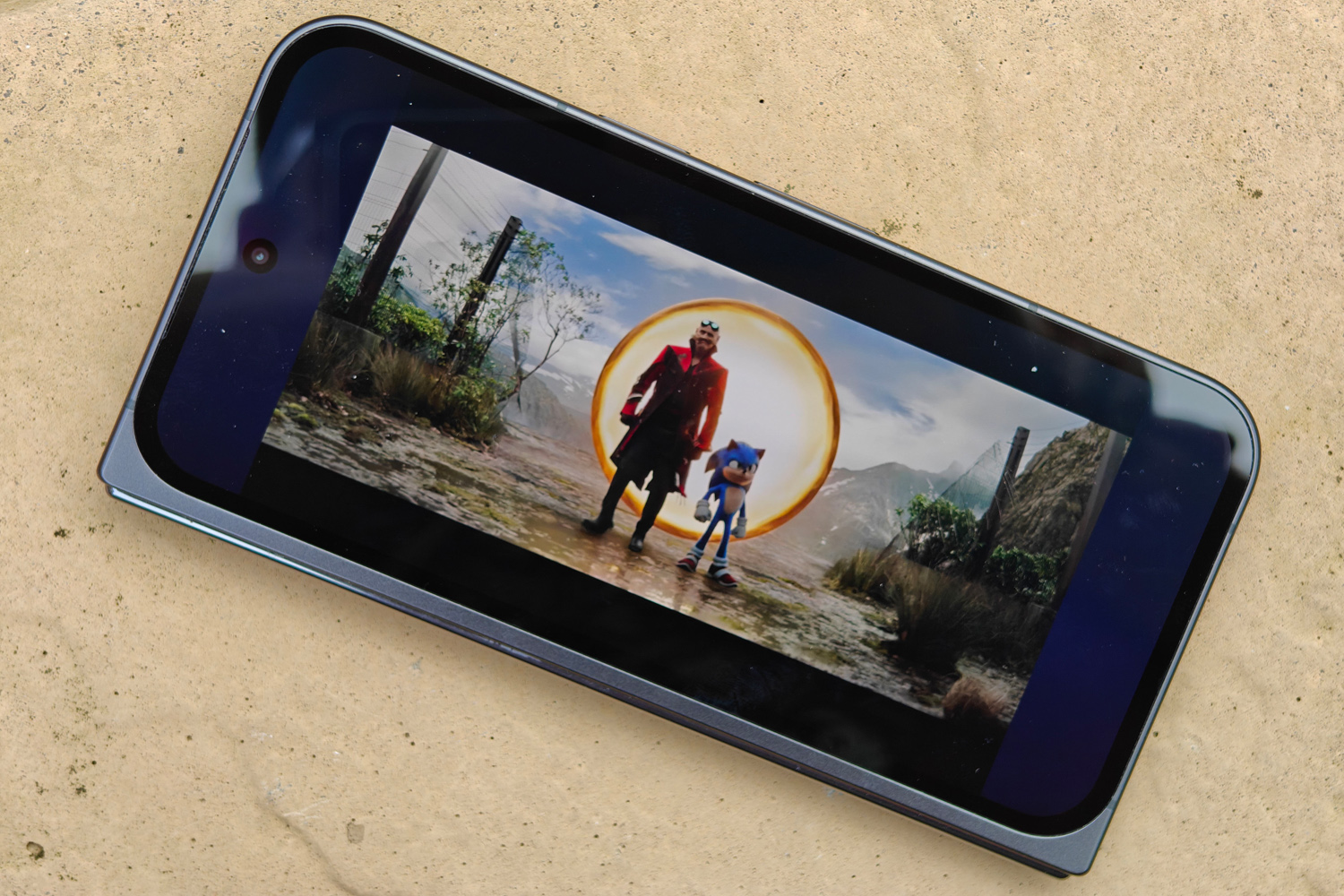
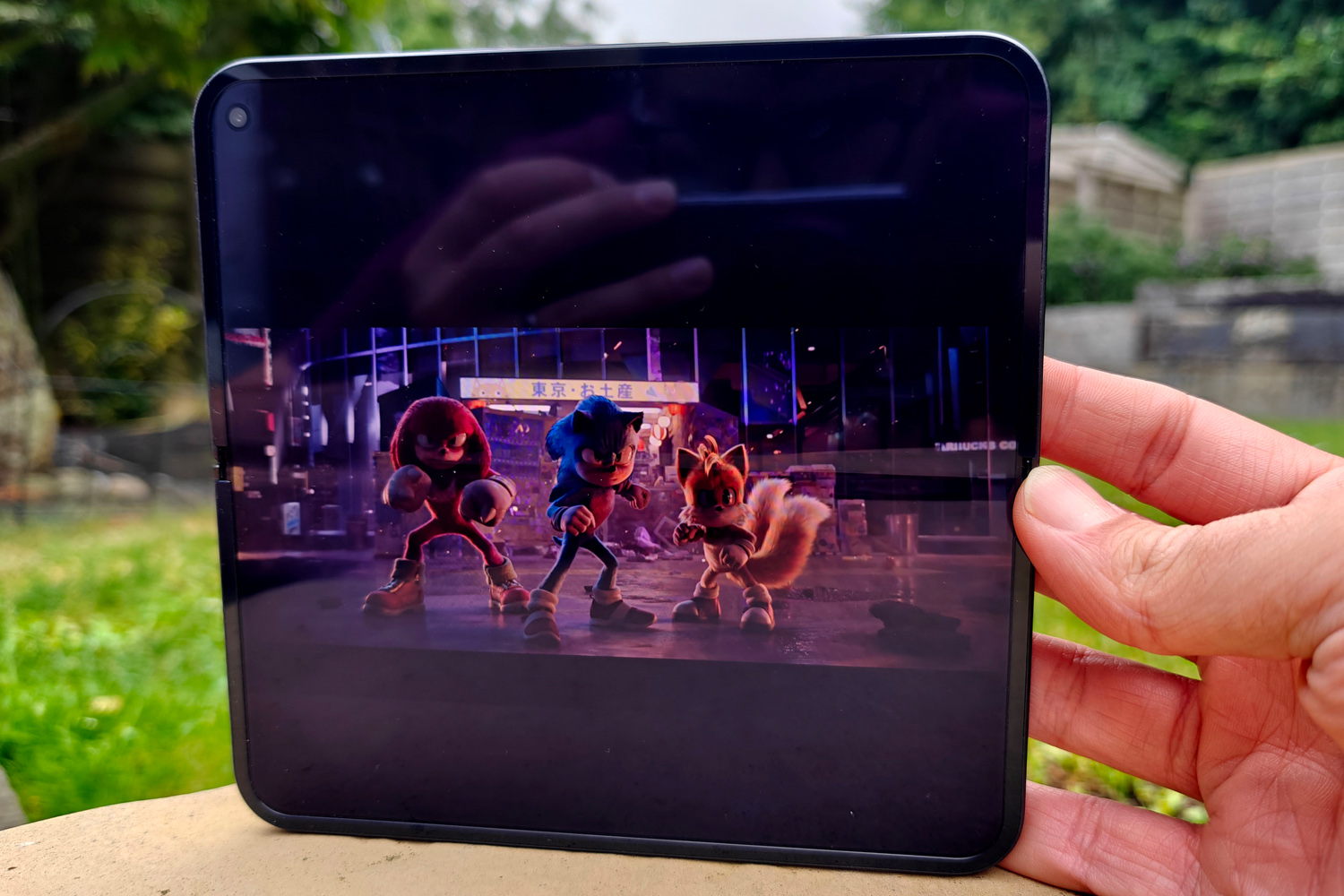
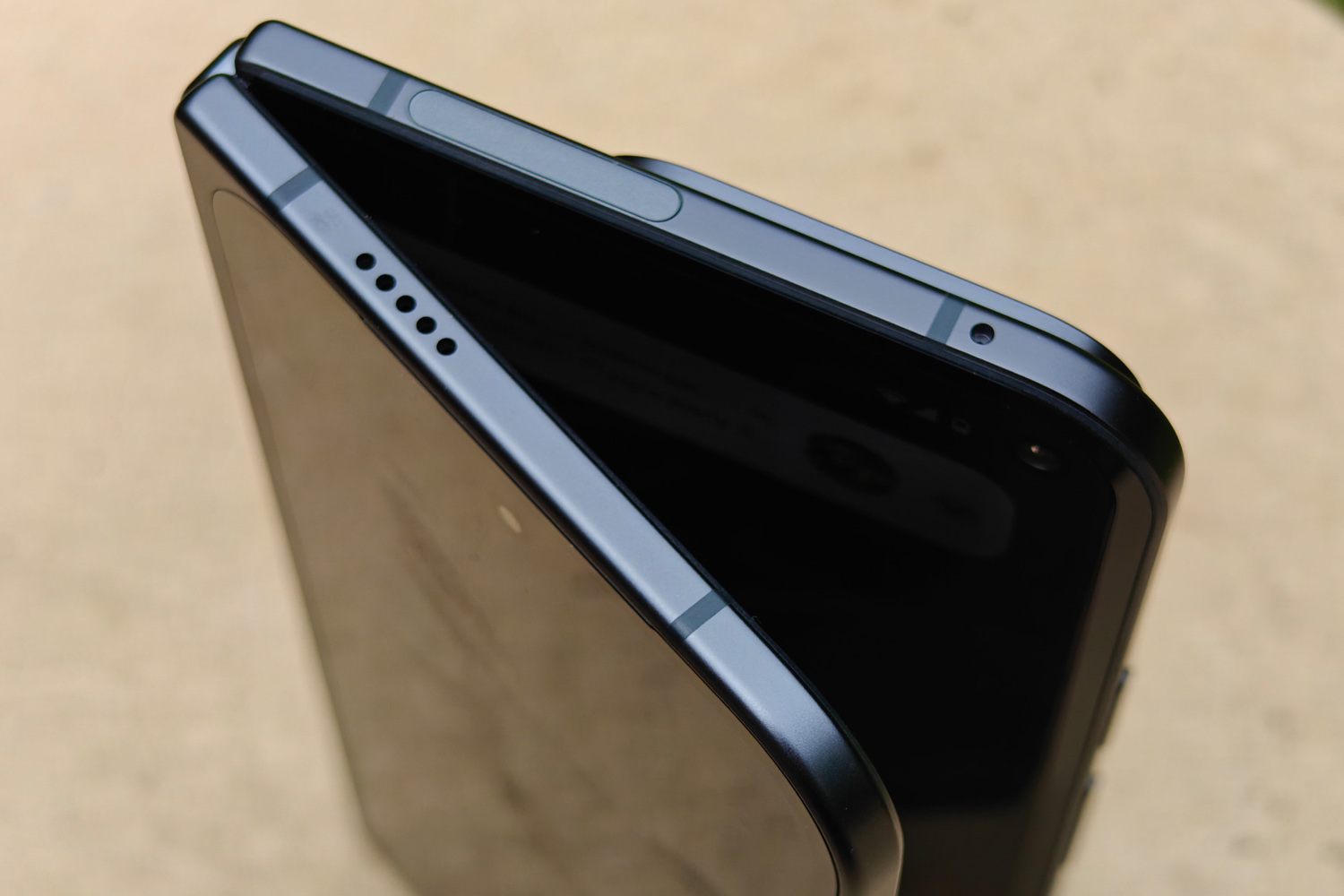
Things are all change on the display front from the first-gen Pixel Fold. You get a 6.3in, 21:9 aspect ratio outer screen with a decently sharp 2424×1080 resolution OLED, which makes do with a 60-120Hz switching refresh rate. Inside the 8in, 2152×2076 flexible OLED gets LTPO tech for 1-120Hz dynamic refresh.
The bezels are much slimmer here than they were on Google’s original foldable; so much so the inner selfie cam is now a punch-hole effort. It’s in the far corner, though, so I never found it distracting when playing games or watching videos. A big thumbs up to Google for getting the edges of the mandatory screen protector to sit completely under the bezel, too. It’s basically invisible, without even a cutout for the selfie camera, so there can be no temptation to peel it off (something that’d invalidate your warranty on any foldable phone).
Brightness has taken a big leap up, too. Both screens are now rated for 2700 nits peak, which is a whopping 80% more than the Pixel Fold could achieve. It makes all the difference when outdoors. I sometimes struggled to see the first Fold’s inner display in direct sunshine, especially with the glossy screen protector highlighting light reflections, but the extra lumens meant I could watch even darker video content pretty easily.
Colours, contrast and black levels are up there with the best OLED phones, so images and videos have plenty of pop. Colour temperature and accuracy are on point, too – which is handy, seeing as Google doesn’t give you much in the way of calibration options.
The Pixel 9 Pro Fold’s speakers get decently loud, and are clear when you crank the volume. The stereo split works well for videos, but you’ll still want headphones for any critical listening.
Cameras: familiar trio
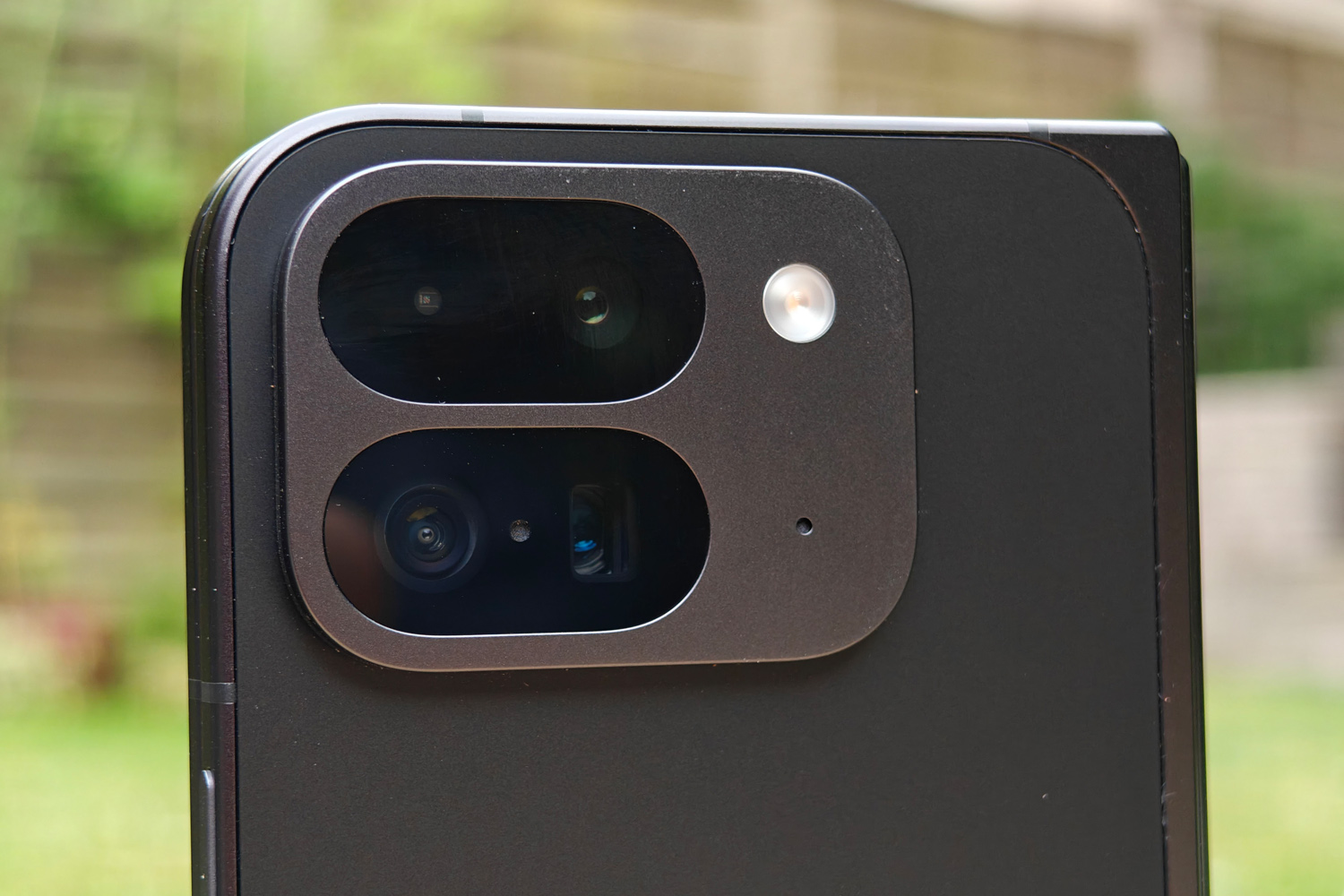
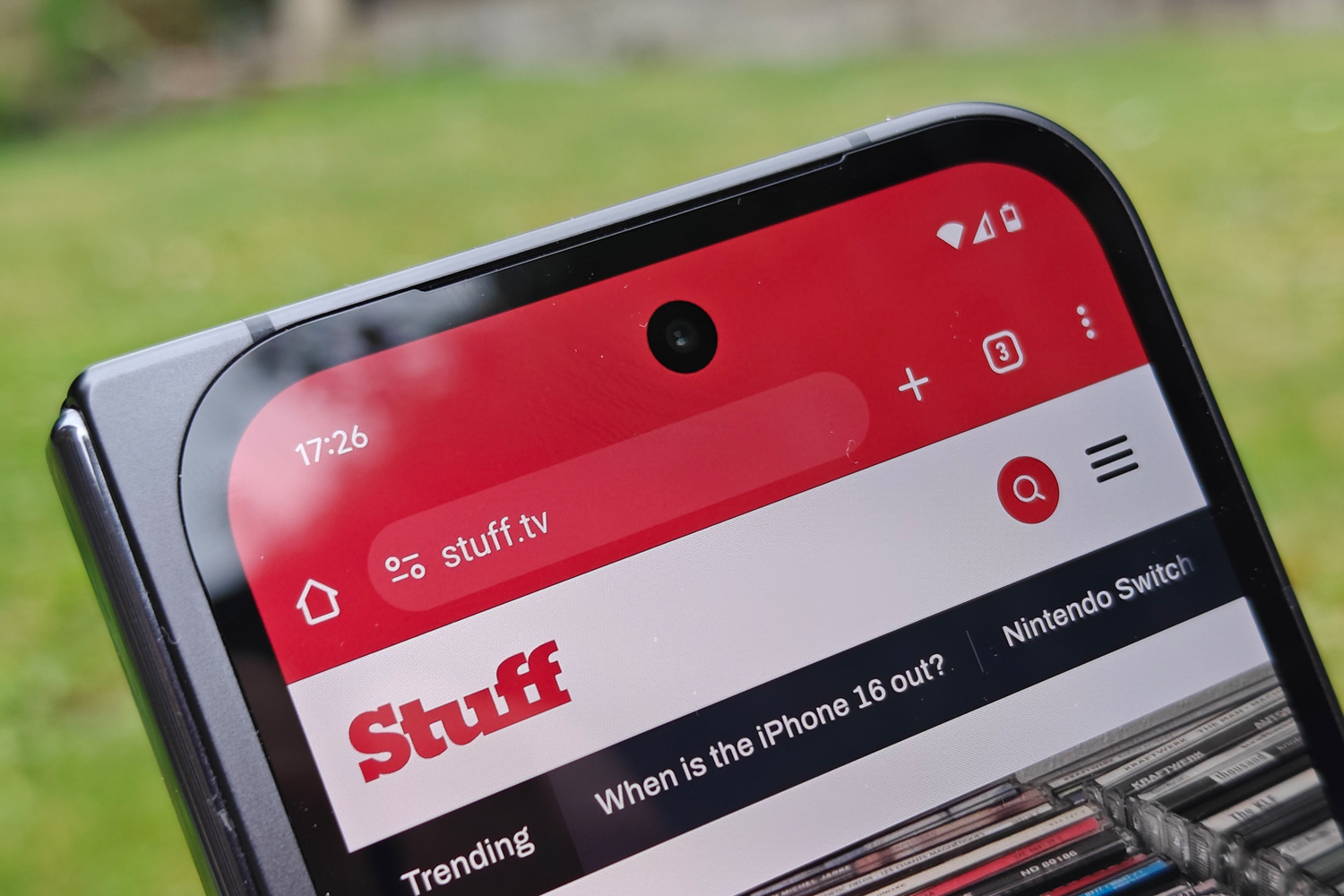
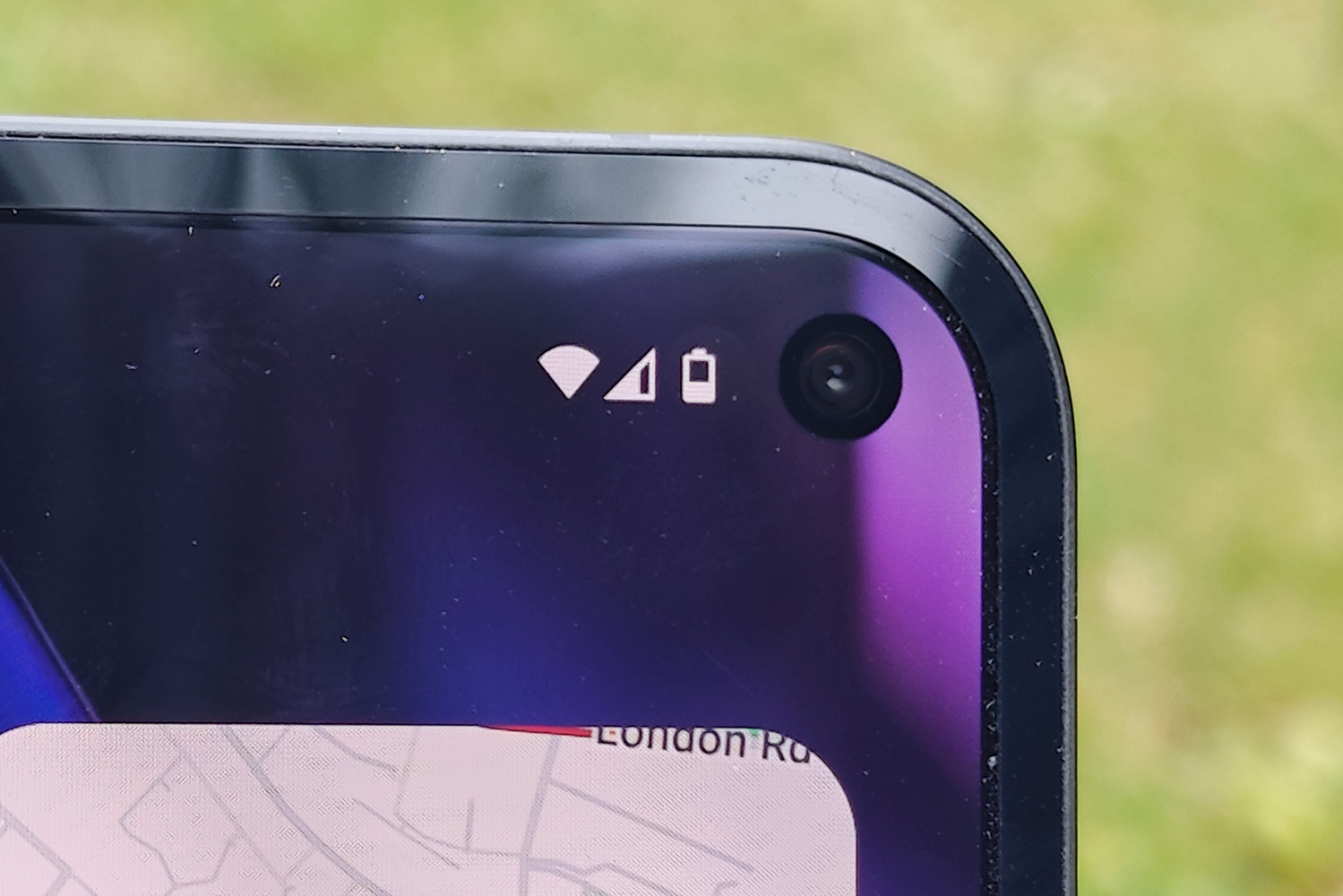
Google usually delivers the goods on the photography front, though it has software smarts to thank rather than cutting-edge hardware. That’s the case here, as the Pixel 9 Pro Fold keeps the same 48MP, f/1.7 main camera and 10.8MP, f/3.1 telephoto as the original Pixel Fold. Both get laser autofocus and optical image stabilisation, while the latter is good for 5x optical zoom – more than the 3x seen on close rivals like the OnePlus Open. The ultrawide camera is new; it’s now a 10.5MP unit with macro focus for close-up shooting. Both selfie shooters have also been upgraded to 10MP, f/2.2 units.
These pixel counts were fine for the original Pixel Fold, where its closest competition had similar sensors, but rivals have majorly stepped up their game lately. I’m not just talking China-only brands with no Western presence, either; OnePlus and Honor are both snapping at Google’s heels.
The Pixel claws things back with a much improved panorama mode, a fun “Made you Look” setting that puts animated characters on the outer display to keep kids focused on the camera, and the “Add Me” mode for getting the photographer into group shots. You take one snap, hand the phone over to someone that was in the photo, and they line up the lens while you get into position. The phone then stitches the two shots together. Your entire group has to stay still like it’s the 18th century, though, so isn’t all that great for spur-of-the-moment snaps.
AI image editing is also a bigger deal than ever, with Magic Editor now able to expand tightly-cropped shots rather convincingly, and adjust backgrounds entirely from text prompts. If you like playing with your pics after pressing the shutter button, there’s plenty to enjoy here.
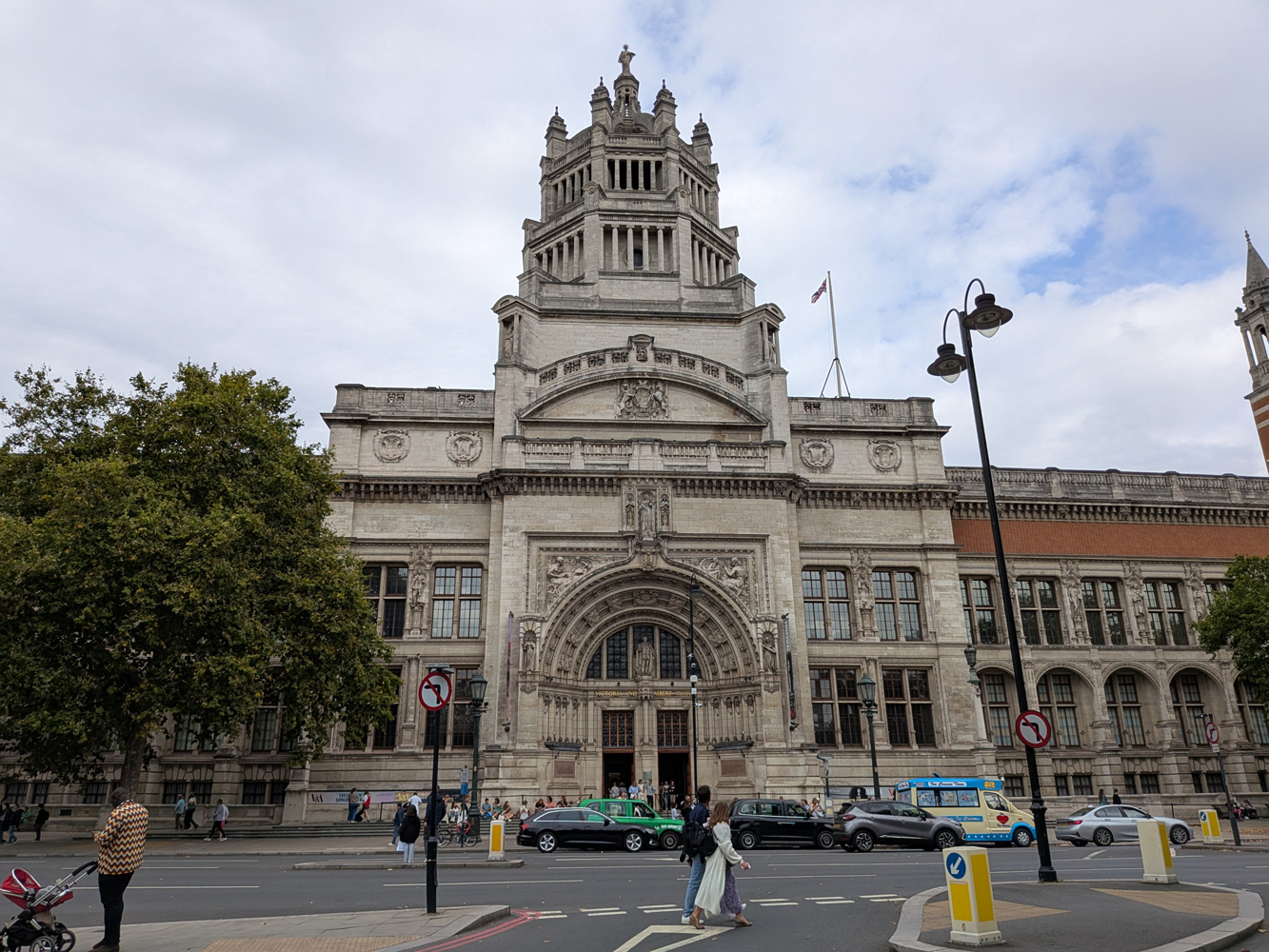

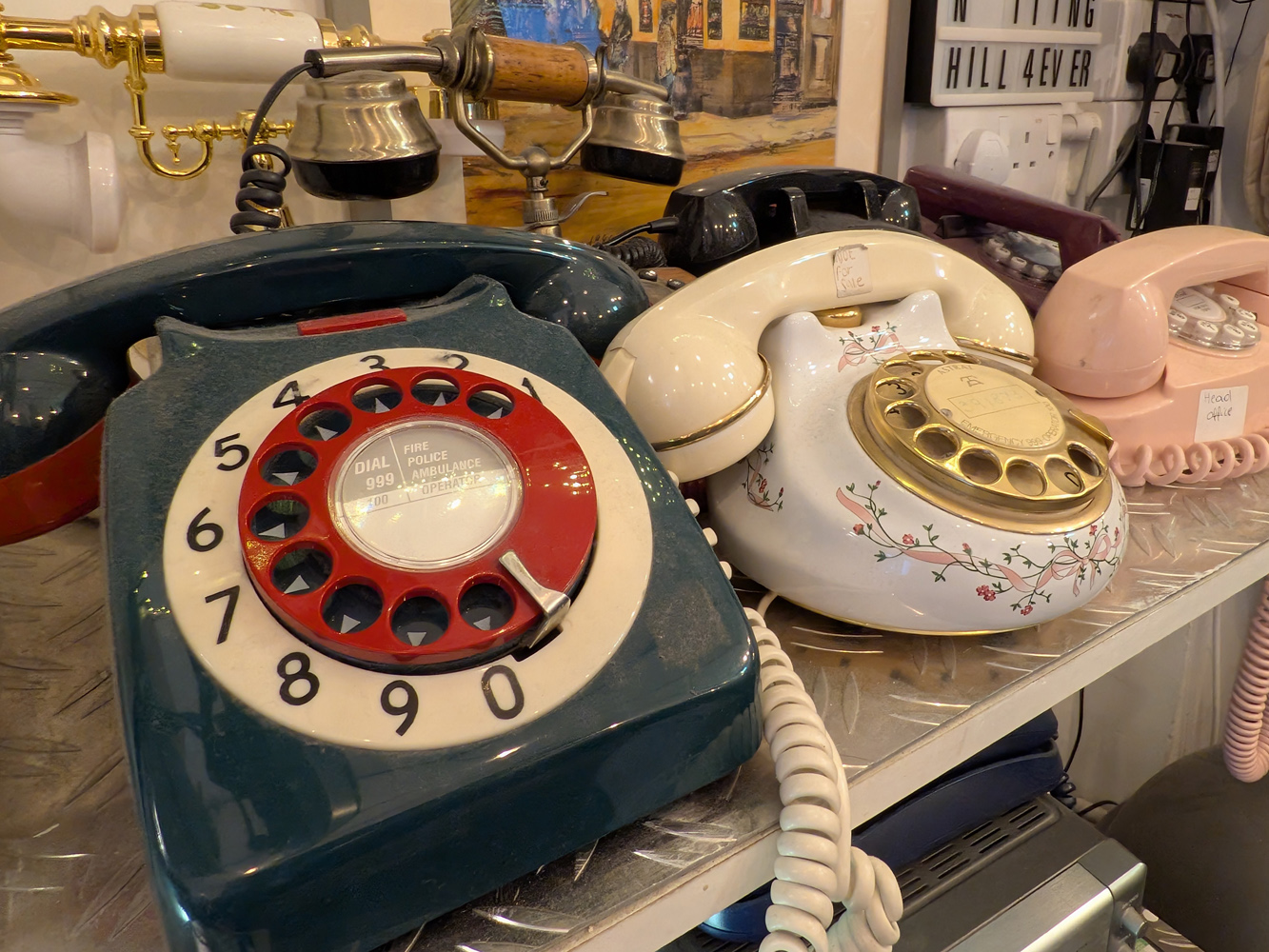
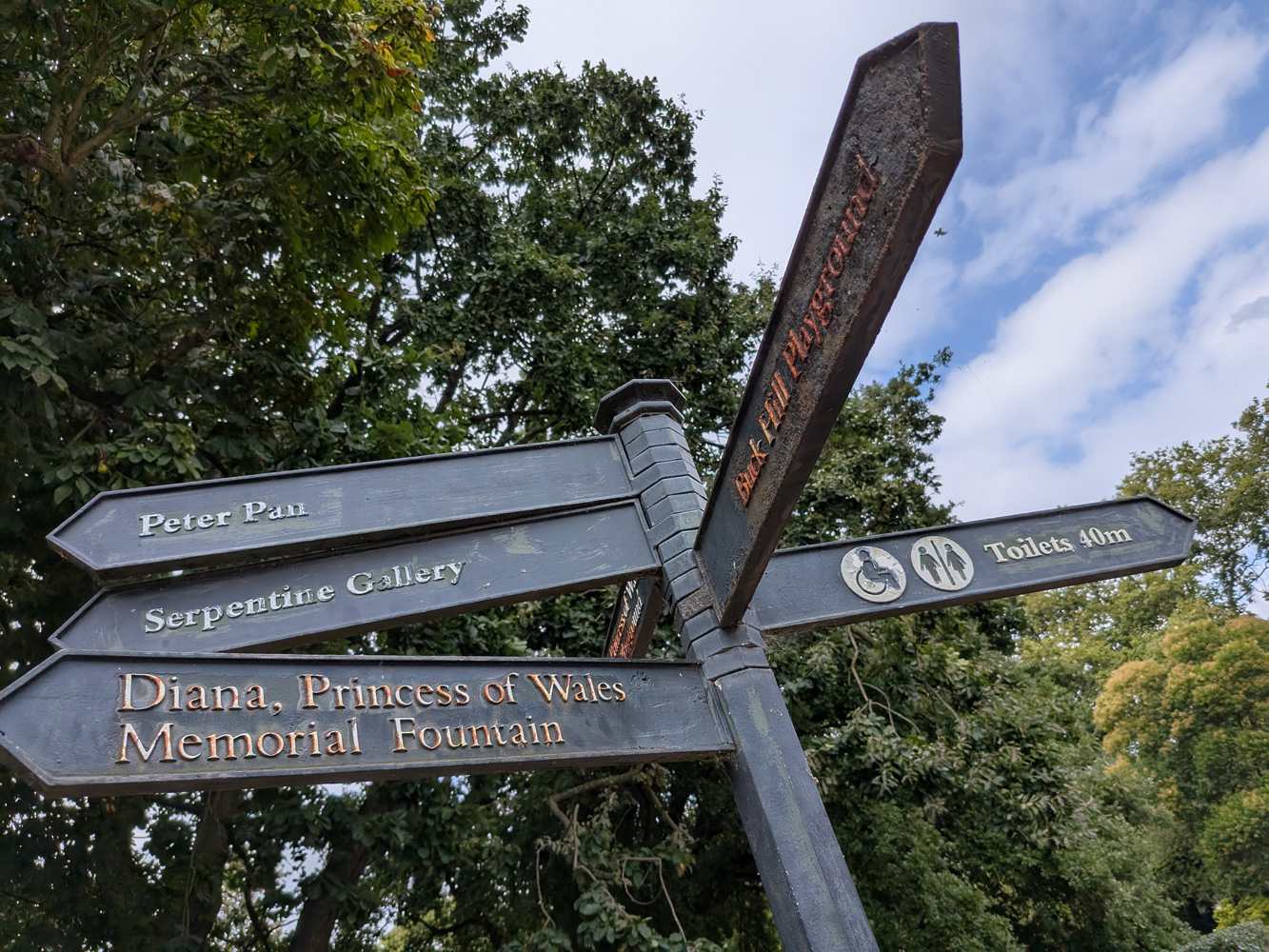


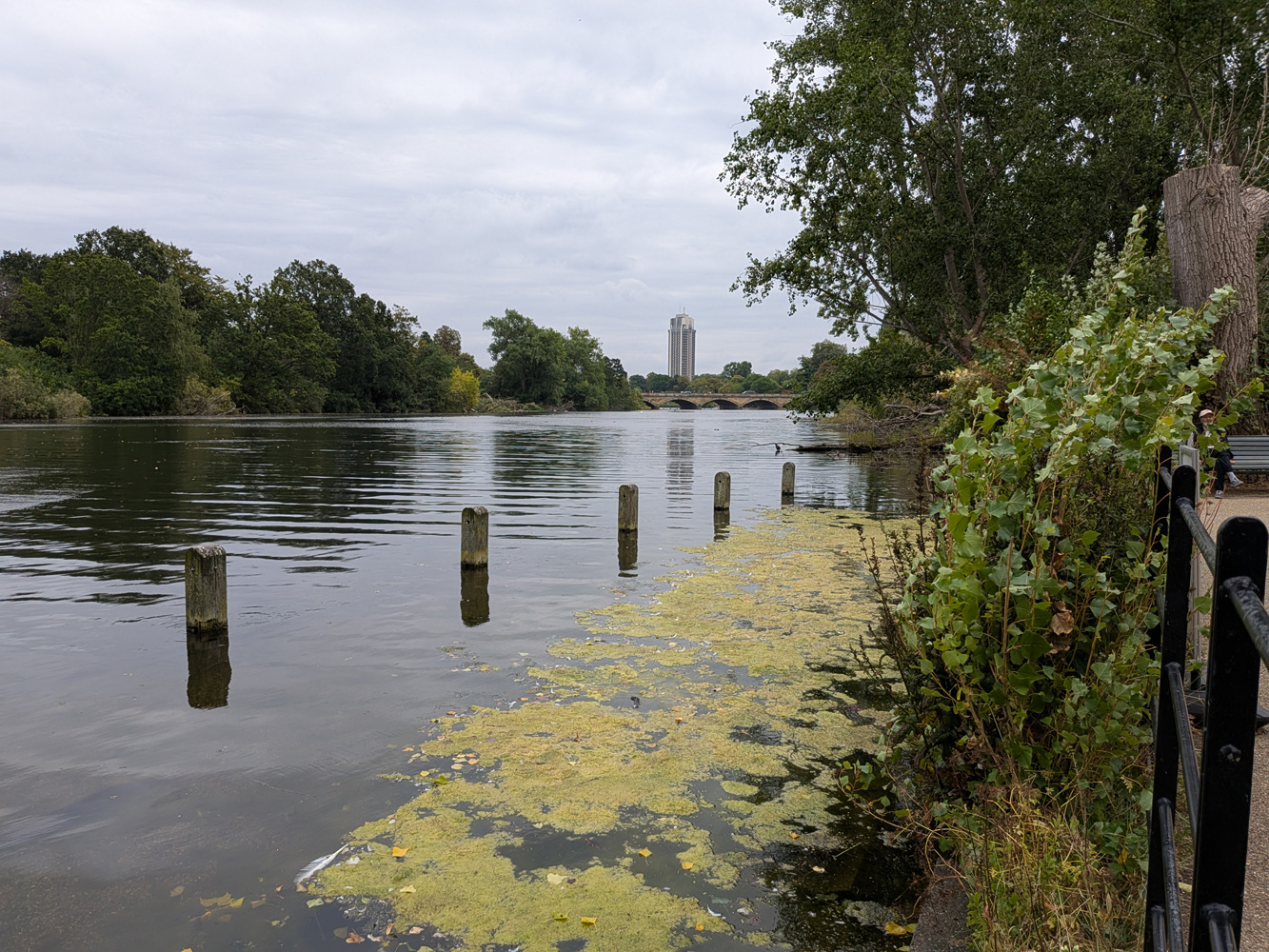

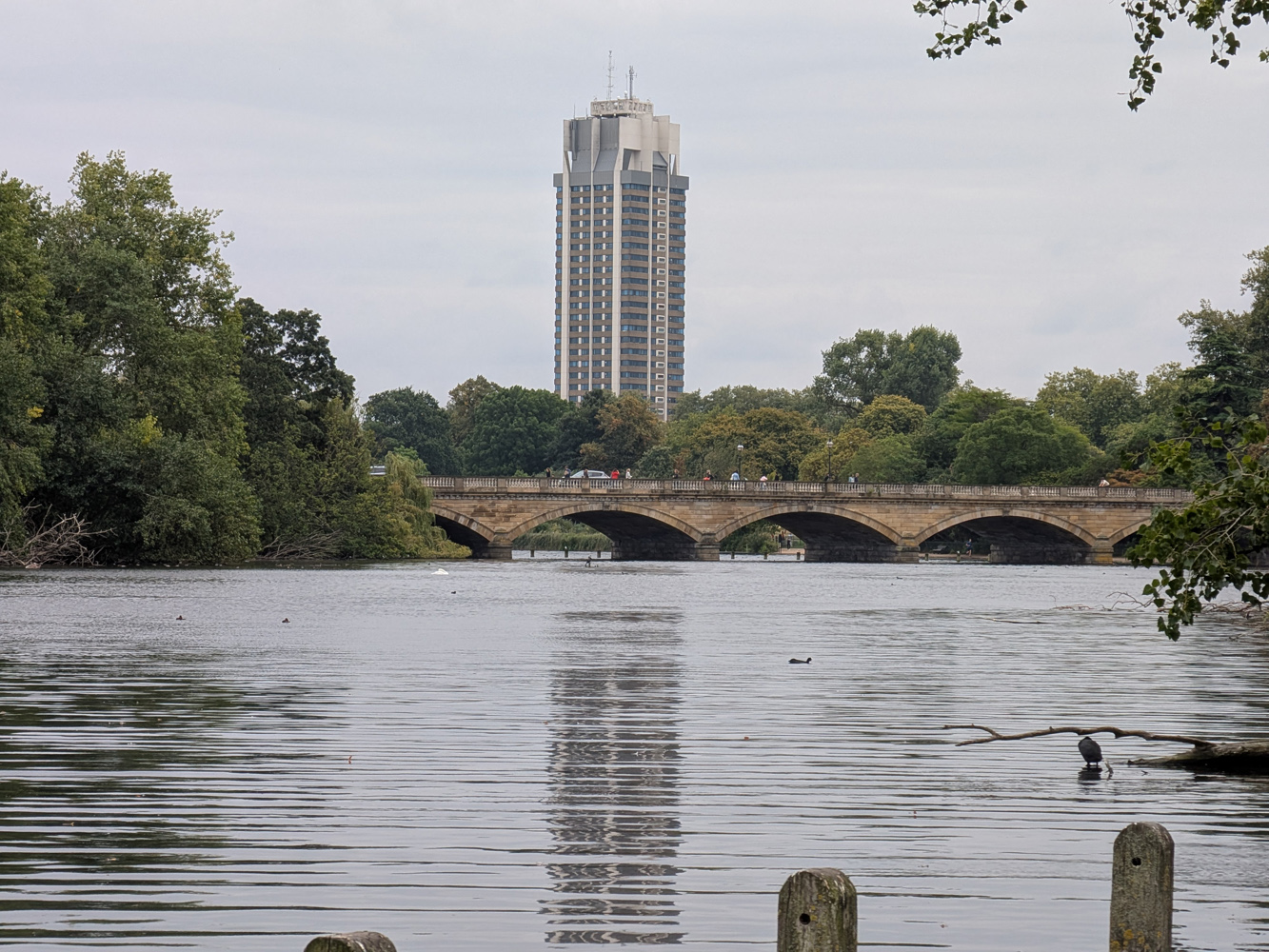

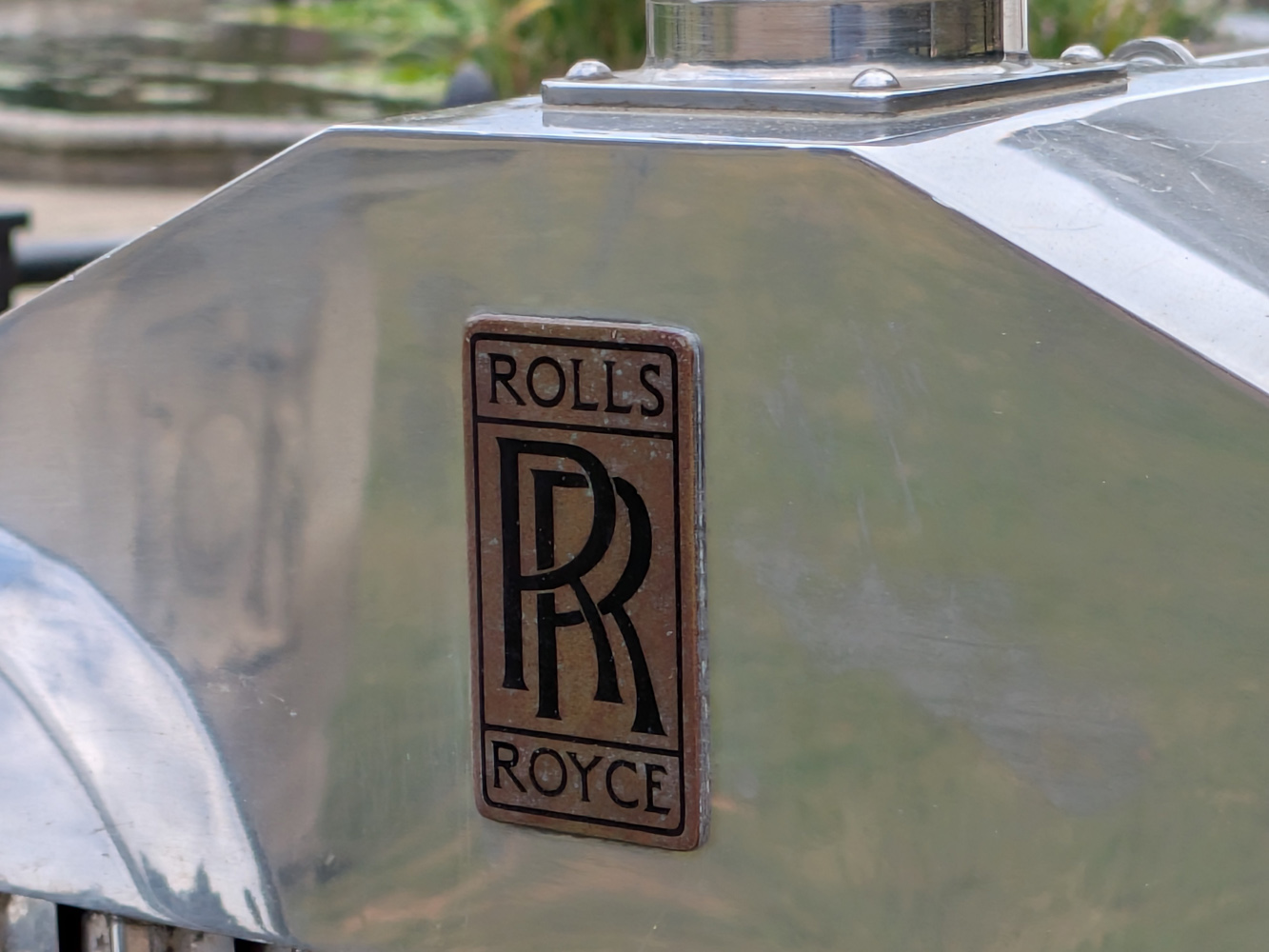


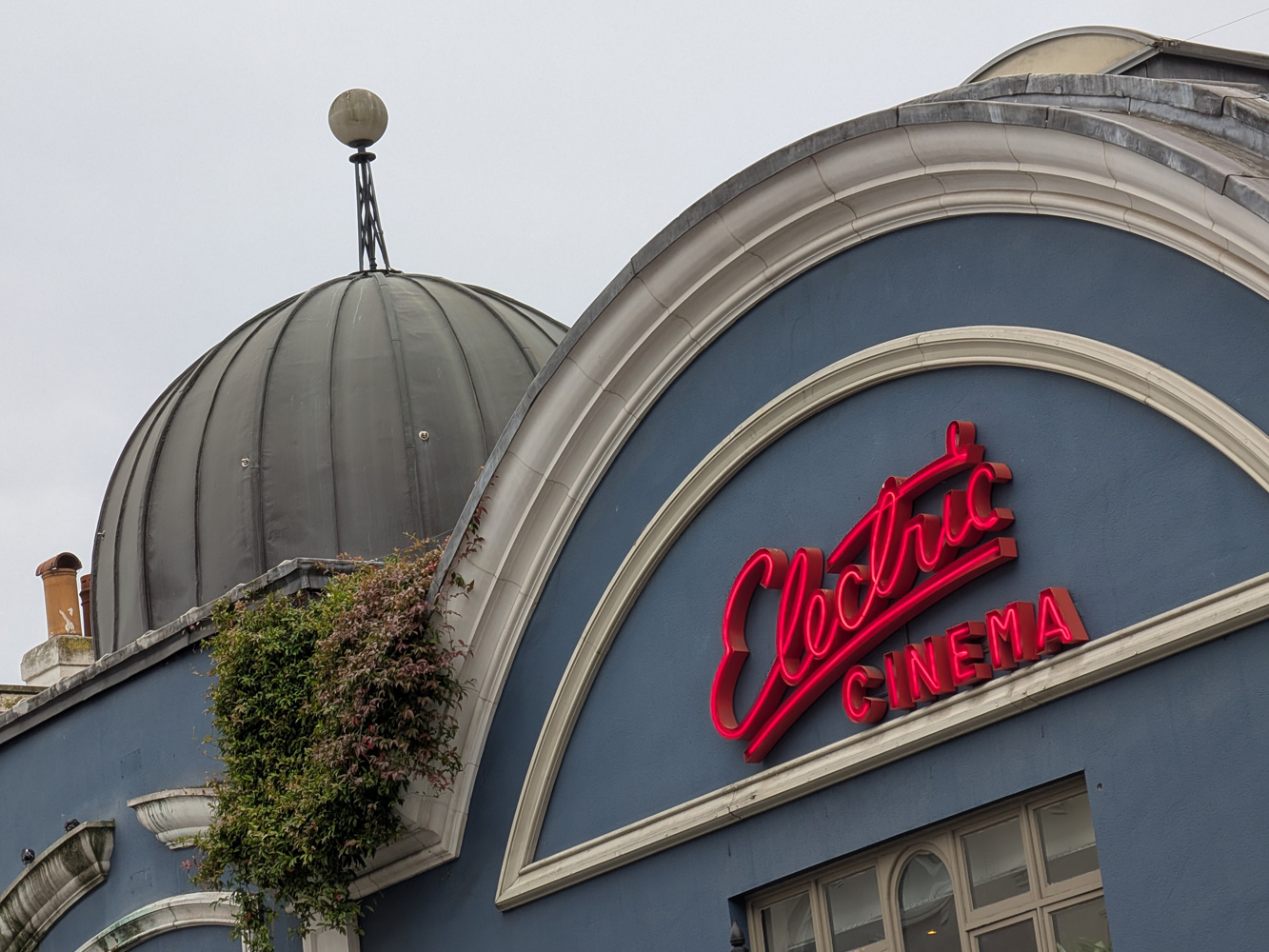

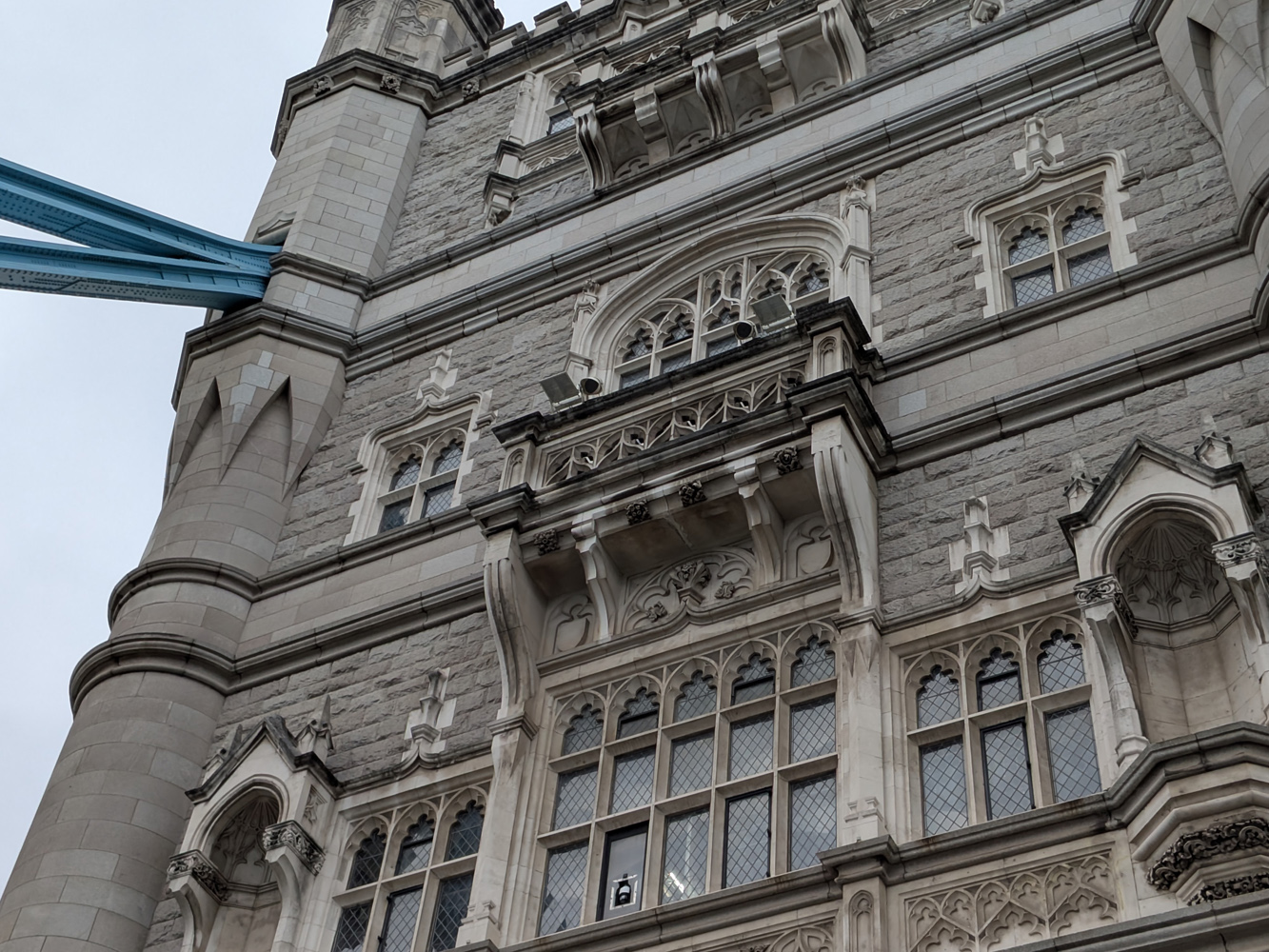

During the day the lead lens captures convincing, detailed images with excellent dynamic range, accurate exposure and colour temperature, and subtle amounts of sharpening. Everything I expect from a Pixel phone, basically. The sensor is physically smaller than the one in the Pixel 9 Pro, but there’s not an awful lot in it. I think the Vivo X Fold3 Pro still sets the bar for clarity in a foldable, but Google’s colour treatment is a lot more neutral than Vivo’s boosted hues. Neither can match the greatest non-folding phones, though.
The 5x telephoto lets you get usefully closer to your subjects, with consistently clean images that are a close (though not perfect) match for the lead lens on colour and exposure. The Google phone has roughly the same number of pixels to play with as the Z Fold6, but Samsung’s effort can also only reach a similar magnification with digital zoom. A Vivo X Fold3 Pro also sticks with 3x optical zoom, but can crop its 48MP sensor for similarly impactful shots.
Google doesn’t overdo it on digital zoom, with Super Res delivering 20x magnification. During the day it can do a decent job at capturing details without turning your shots into oil paintings, though it’s less useful at night.


Low light shots in general are best from the main camera, its wider aperture and higher pixel count doing more than Night mode algorithms can to keep noise at bay while also preserving details. Colours are accurate, even with strong artificial lighting in the shot, and dynamic range is impressive.
The ultrawide comes undone soonest, as it doesn’t have OIS to extend its shutter speed. The telephoto is further ahead, though isn’t immune from noise.
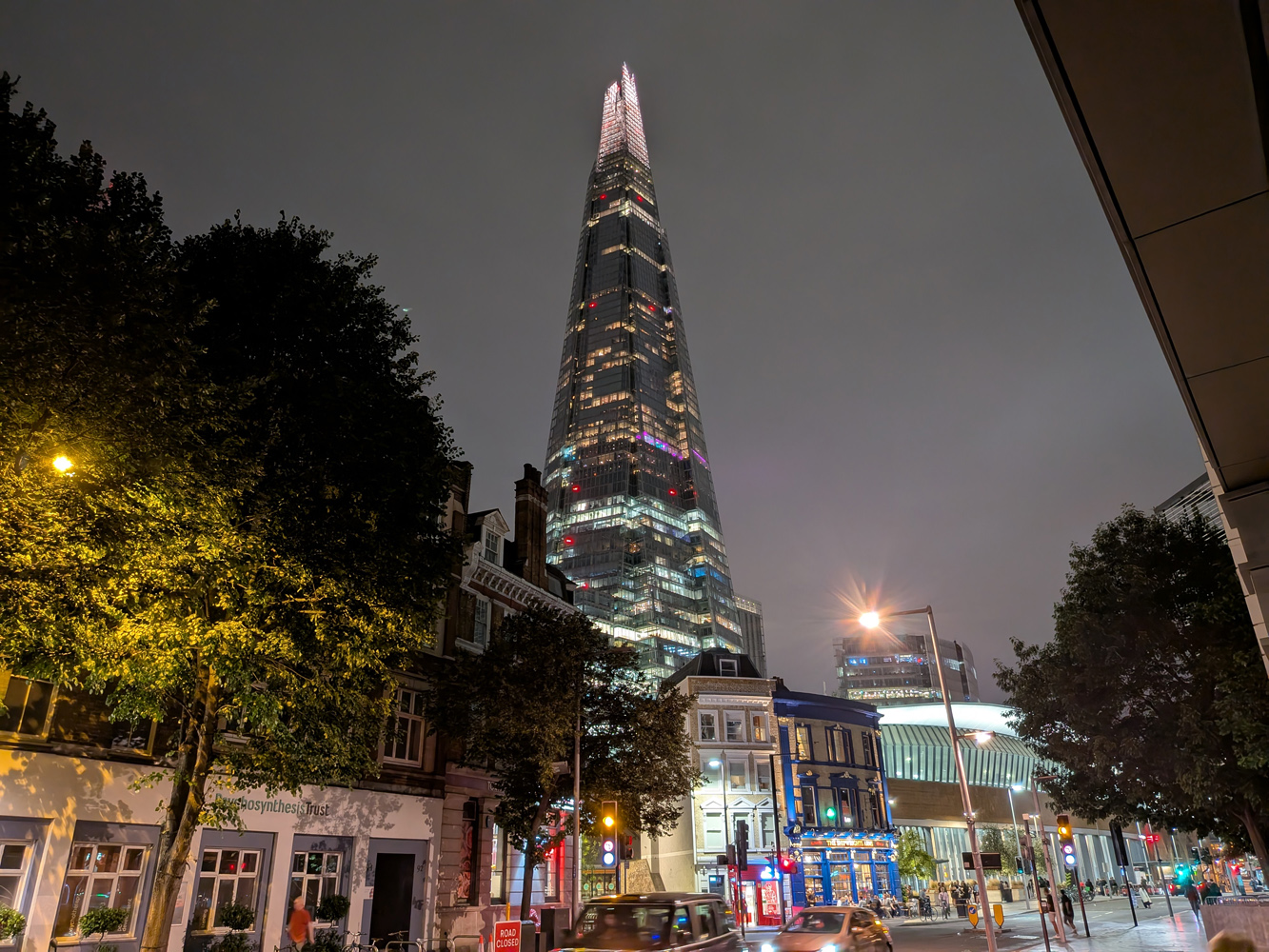
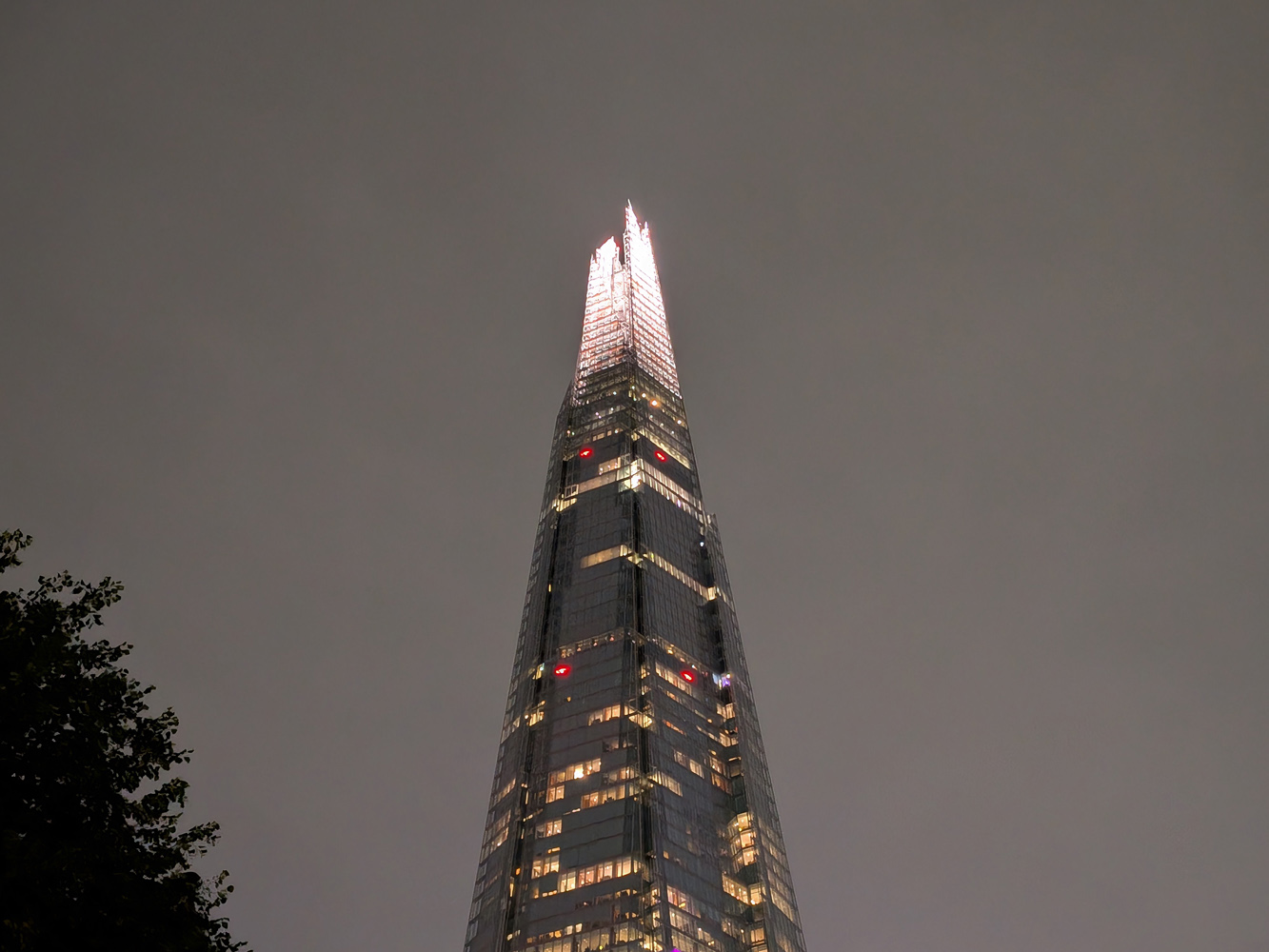
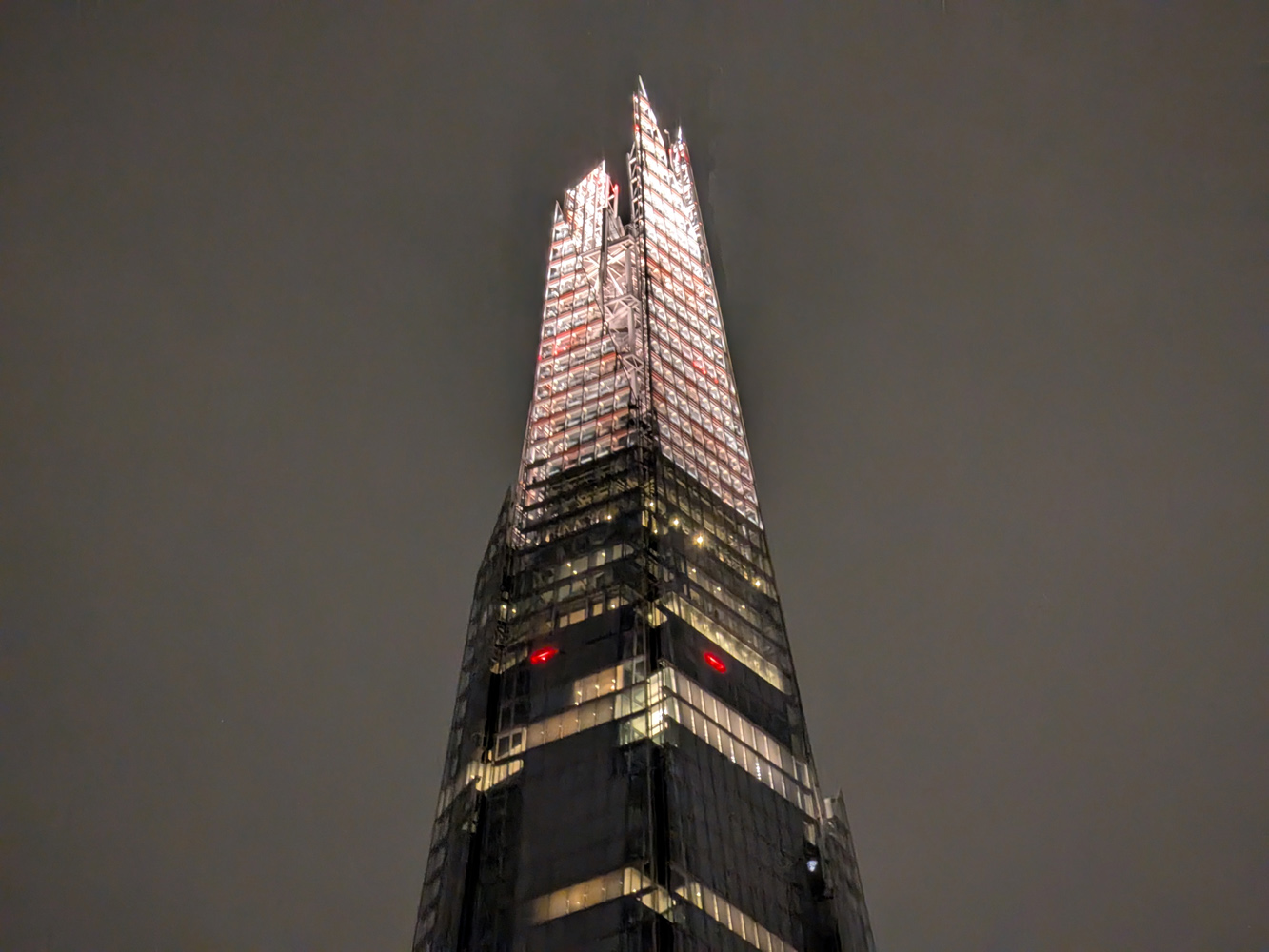

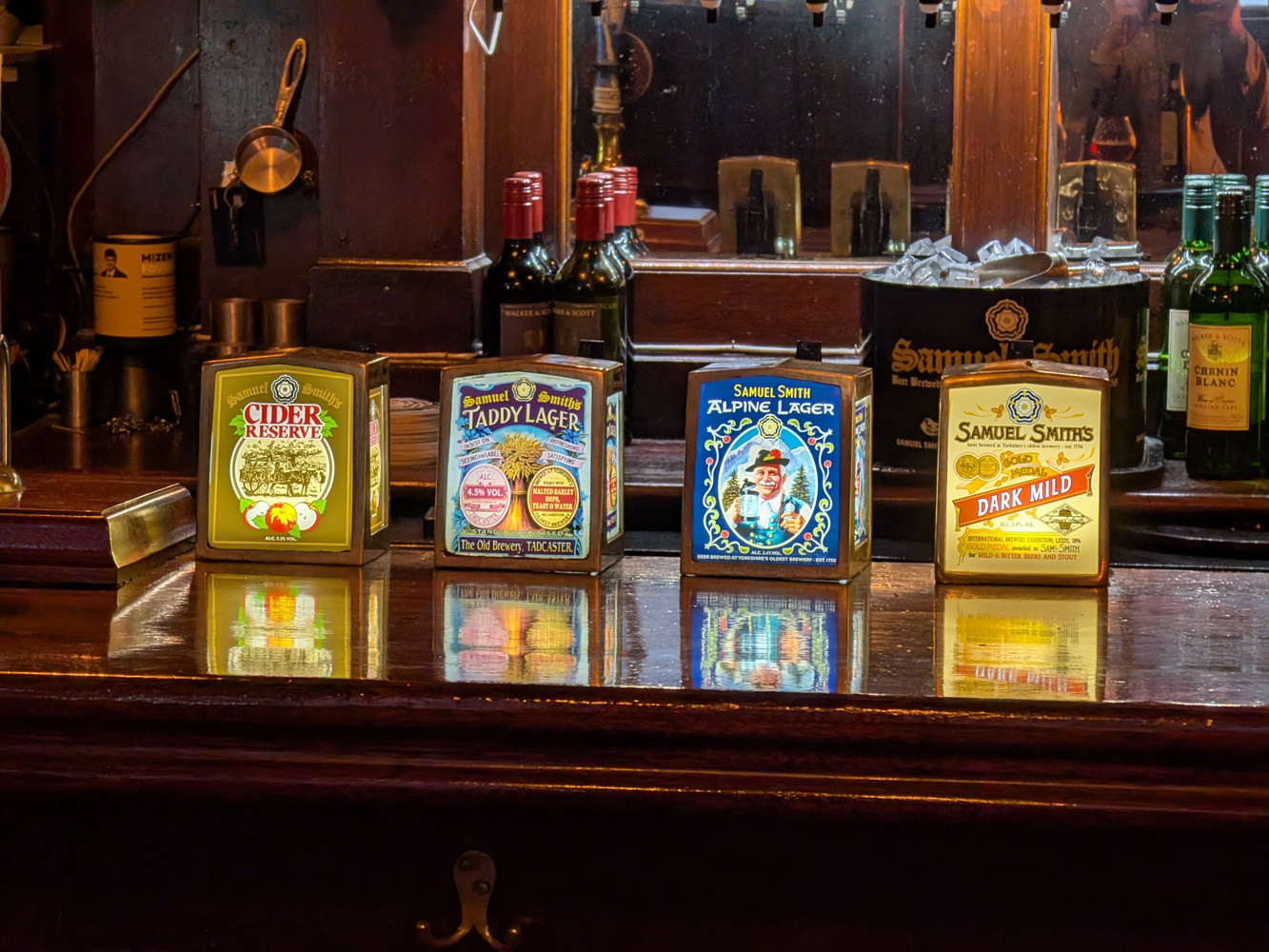

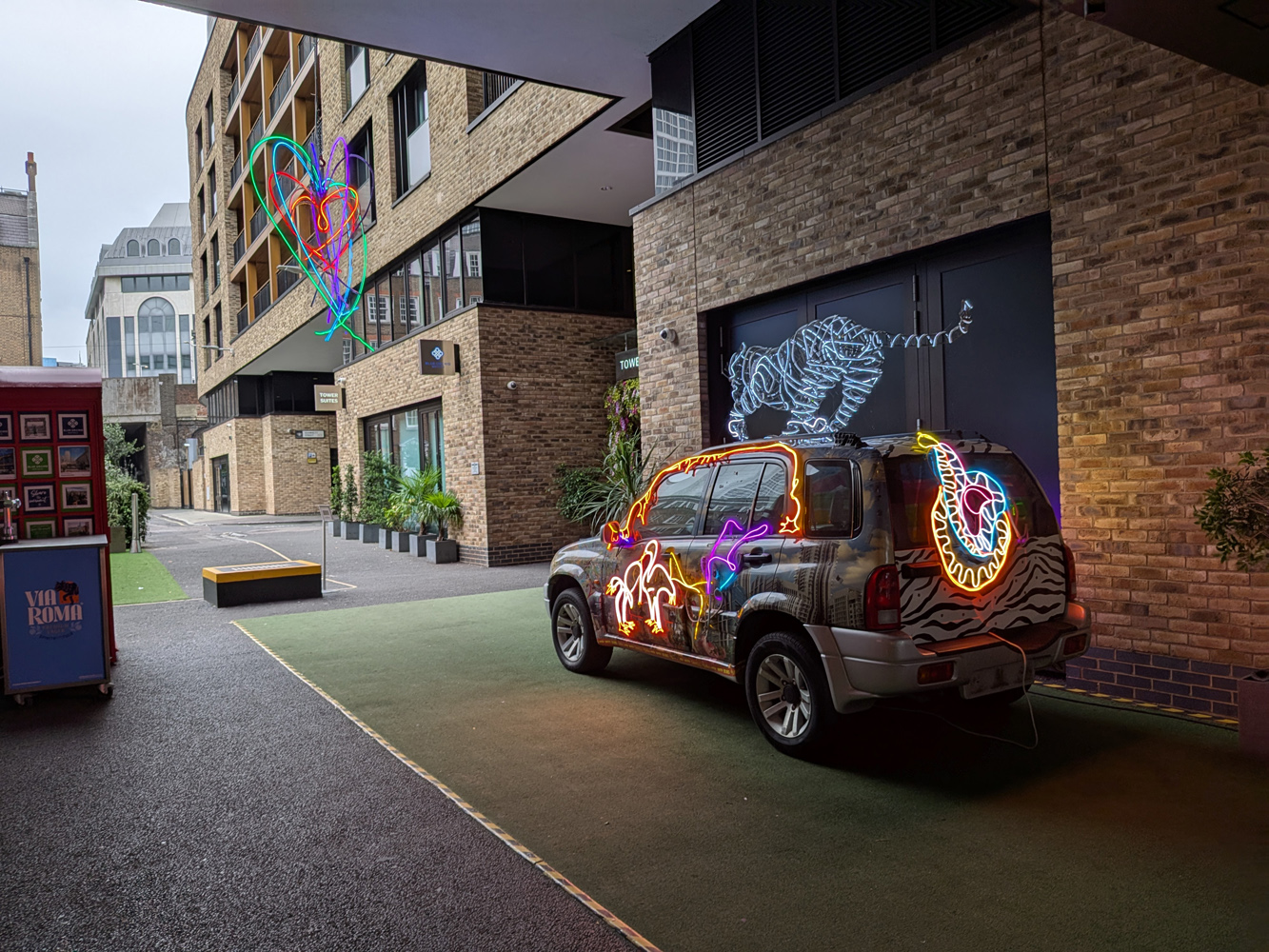


I liked how consistent the ultrawide camera was next to the other two lenses, and it captures a decent amount of detail. If you take a lot of wide-angle snaps you’ll appreciate it, and if not you’ll still benefit when shooting close-ups. As long as you don’t block out the light, it captures subjects pretty well.
Overall the Pixel 9 Pro Fold puts in a great showing – and not just “for a foldable”, though those who take their photography seriously will need to think hard as to whether they need a foldable, or would be better served by a non-folding flagship with superior sensors.
Software experience: Gemini calling
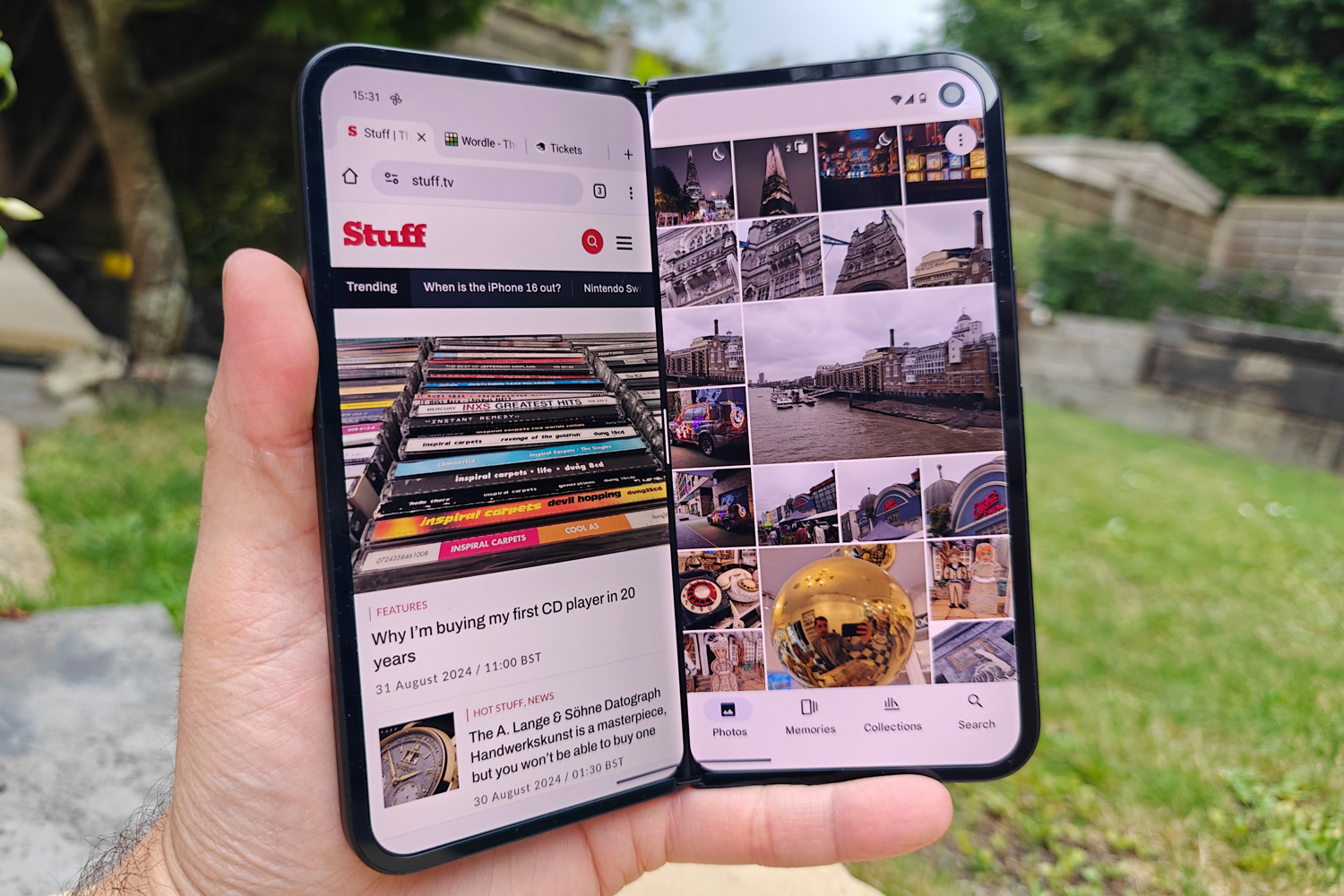
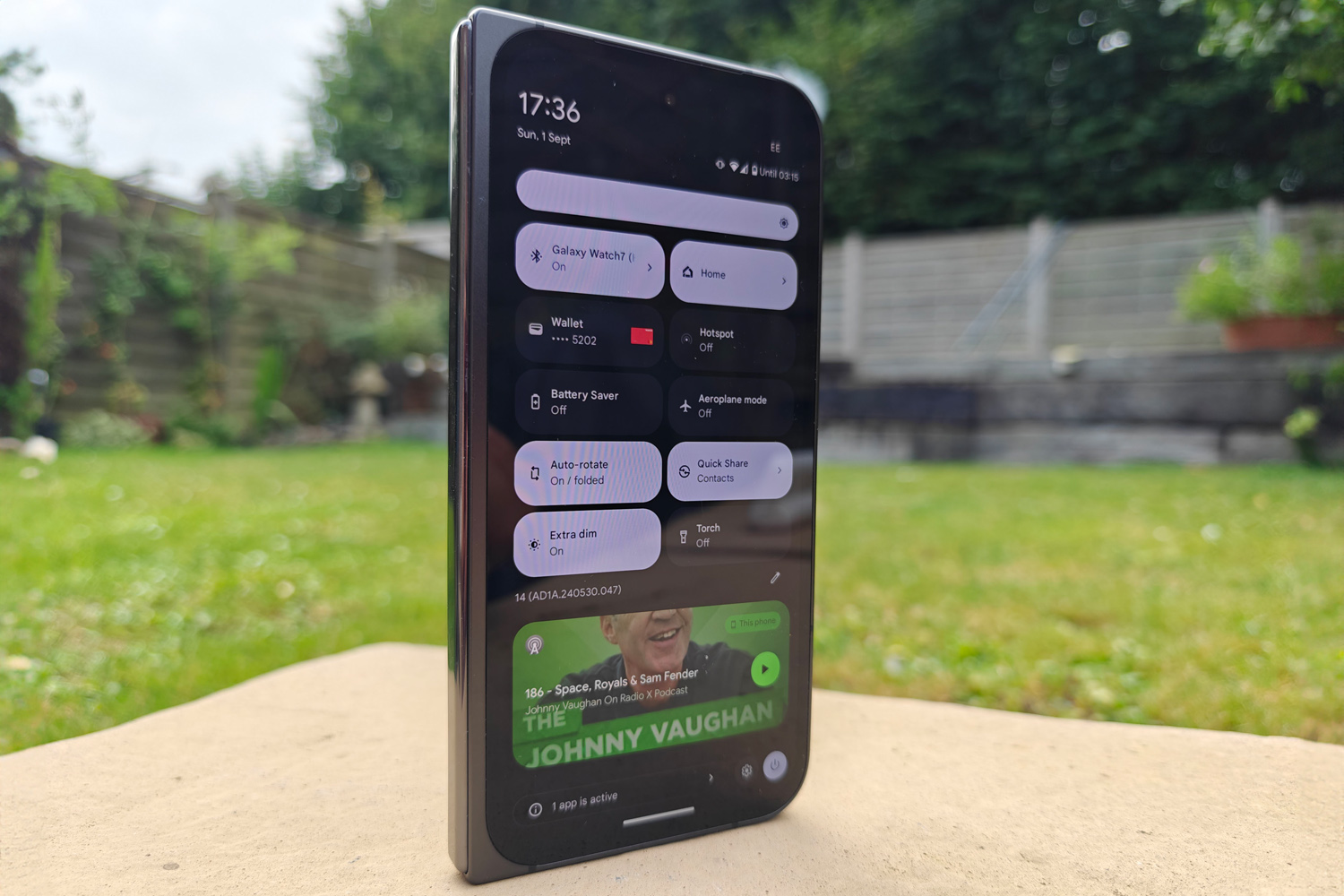
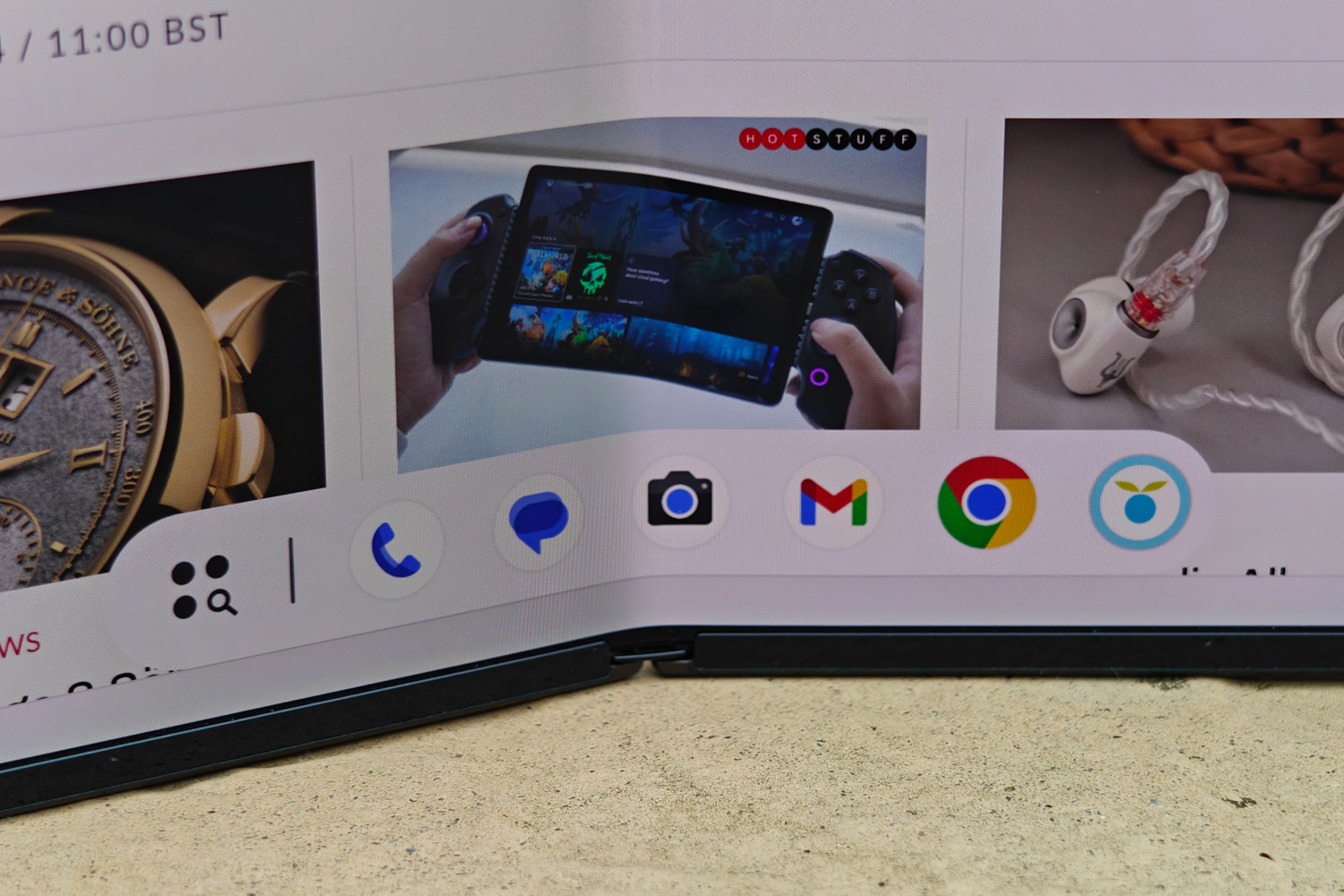
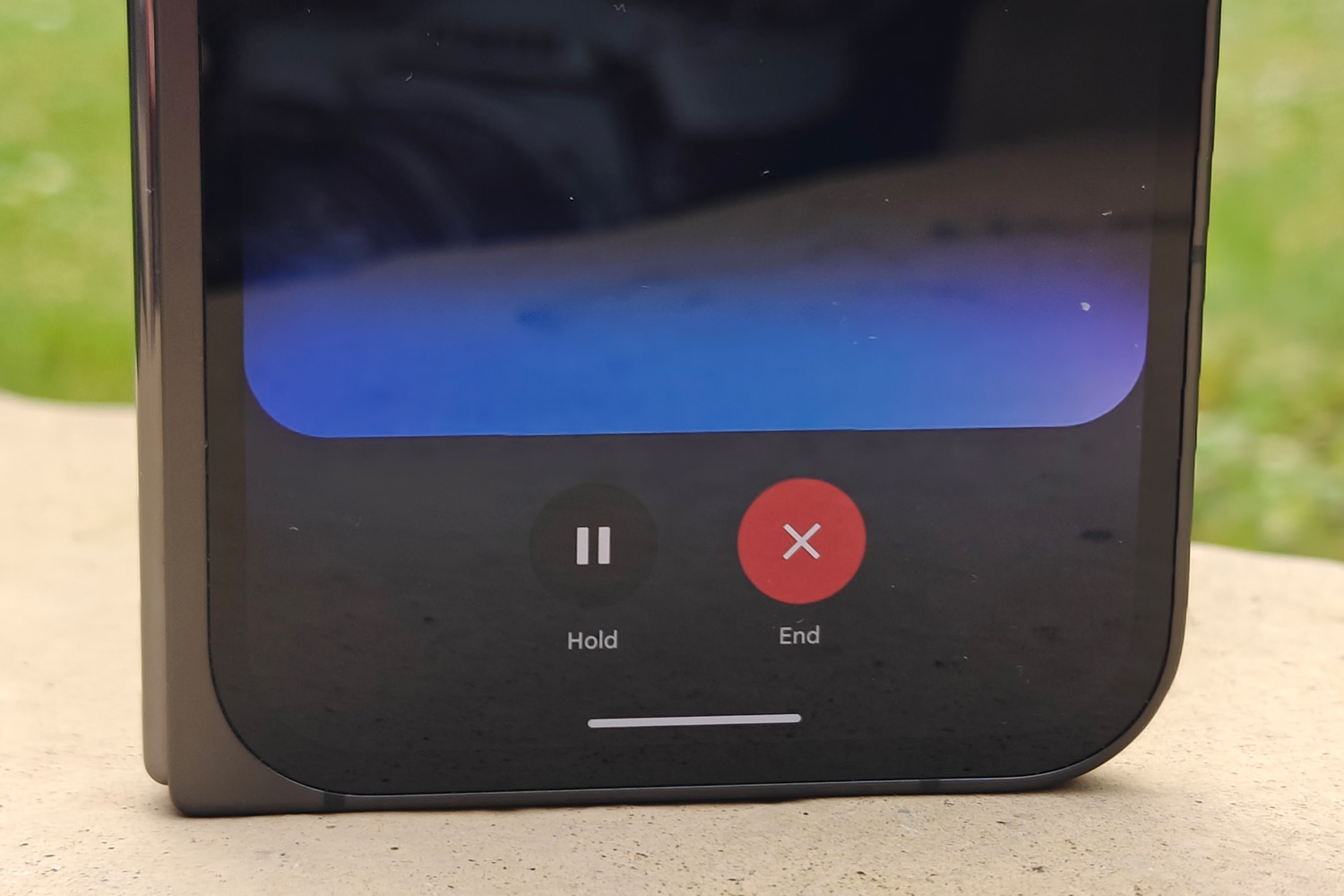
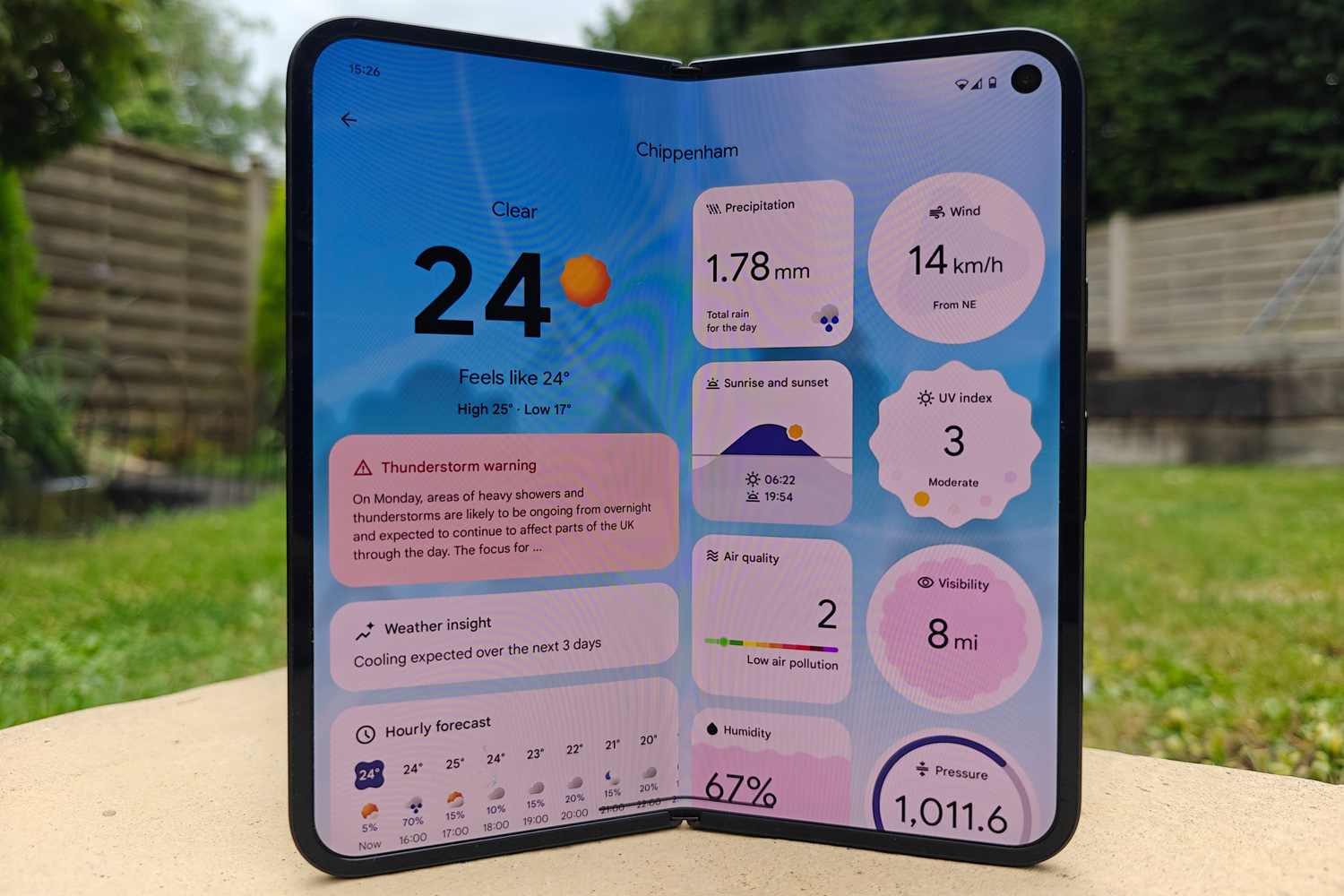
The Pixel 9 Pro Fold launches with a foldable-friendly version of Google’s stripped-back Pixel launcher, which is considerably less stripped-back than previous versions. It has more preinstalled apps than ever, though thankfully they’re ones that are actually worth bothering with.
Pixel Studio is about as user-friendly as generative image editors get, letting you create pictures from simple text prompts rather than forcing you to pick from pre-made phrases and graphical styles. The actual generation is done in the cloud, though, so isn’t exactly putting the new Tensor G4 silicon to task. It won’t make pics with people in them, so avoids a lot of the ethical pitfalls of other image generators.
If you take a lot of screen grabs you’ll love the new Pixel Screenshots app, which puts them all in one place and makes them searchable. Gemini recognises text (it’s really accurate) and can sets reminders for specific events.
The Pixel Weather app uses Gemini to create simple forecast summaries – think “pleasant afternoon with moderate temperatures and clean air” – which are a whole lot easier to digest than a bunch of graphs and charts. Google has dispensed with those too, in favour of at-a-glance widgets you can drag around the app’s homescreen. I found myself using it a lot more than other weather apps, purely because everything was so easy to understand.
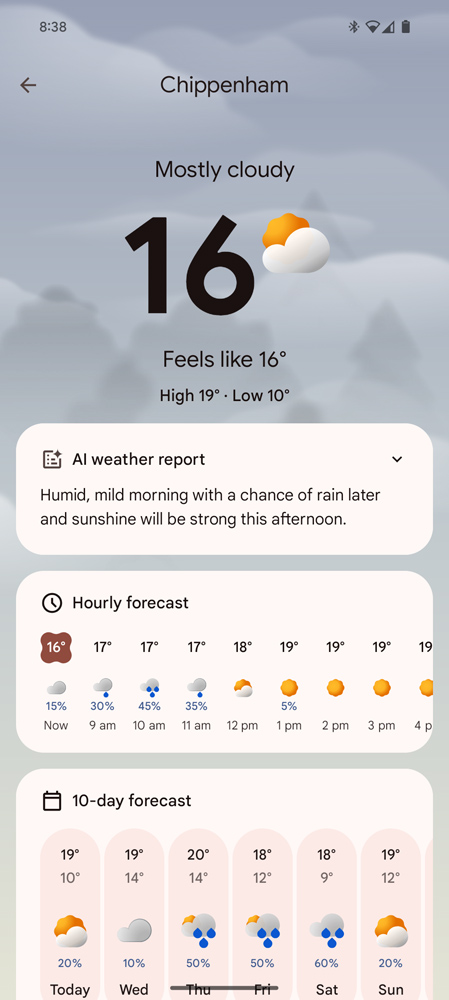
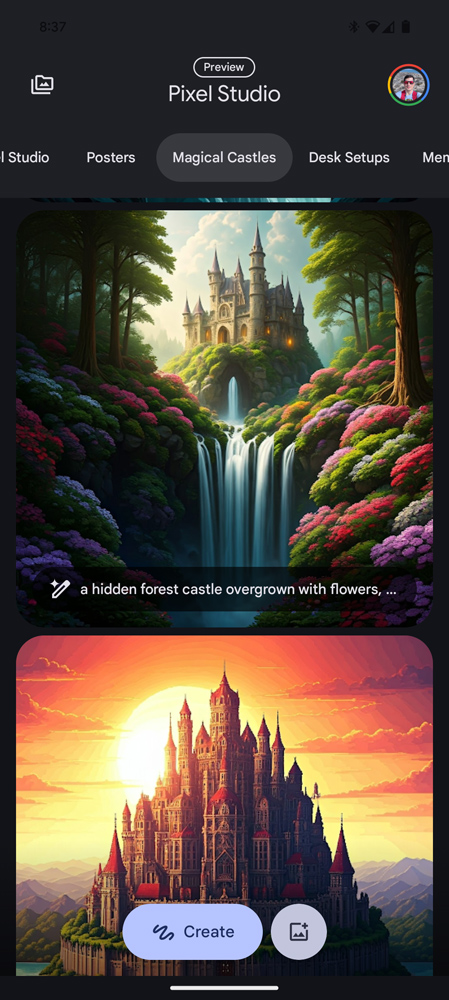
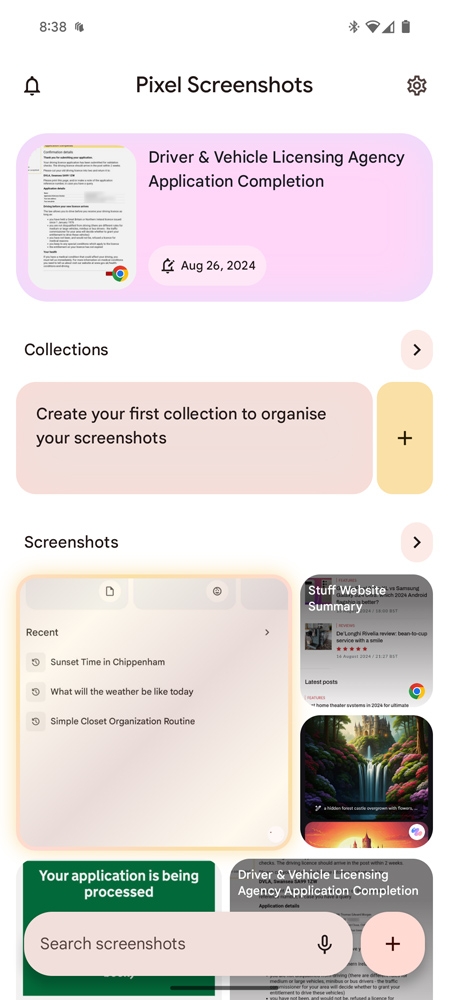
At the Pixel 9’s launch event Google made the biggest song and dance about Gemini Live, a more natural and free-flowing way to chat to your phone’s AI assistant. It’s basically a phone call you can pause at any point, with a summary automatically generated at the end. I never felt like I was talking to an actual person, but it definitely feels more intuitive than Alexa or Siri ever has. It’s a real shame that it doesn’t support many other Google apps at launch, so you can’t get it to make calendar appointments, and you’ll have to pay a hefty $20/£19 a month for a Google One premium subscription to keep using it after the twelve month trial free with each Pixel purchase expires. Right now I wouldn’t be so quick to reach for the credit card, but that might change between now and August 2025.
I’m also disappointed Google hasn’t made much effort to step up its multitasking game in light of what foldable rivals are doing. You can only have two apps open side-by-side here, with no floating window option. Hold the phone in portrait and it has to be a vertical split; turn it landscape and a horizontal split is your only option. You can adjust the split to favour one app more than the other, but that’s your lot. The OnePlus Open’s canvas mode is still majorly ahead of the game, and Samsung is comfortably in second place.
Not launching with Android 15 isn’t a big deal, seeing as Google has committed to a healthy seven years of software support. It’ll be among the first in line for the new version once it’s made available, and won’t have to worry about being left behind while the non-folding Pixels surge ahead on software, as was the case with the original Pixel Fold.
Performance & battery life: fast enough for a foldable
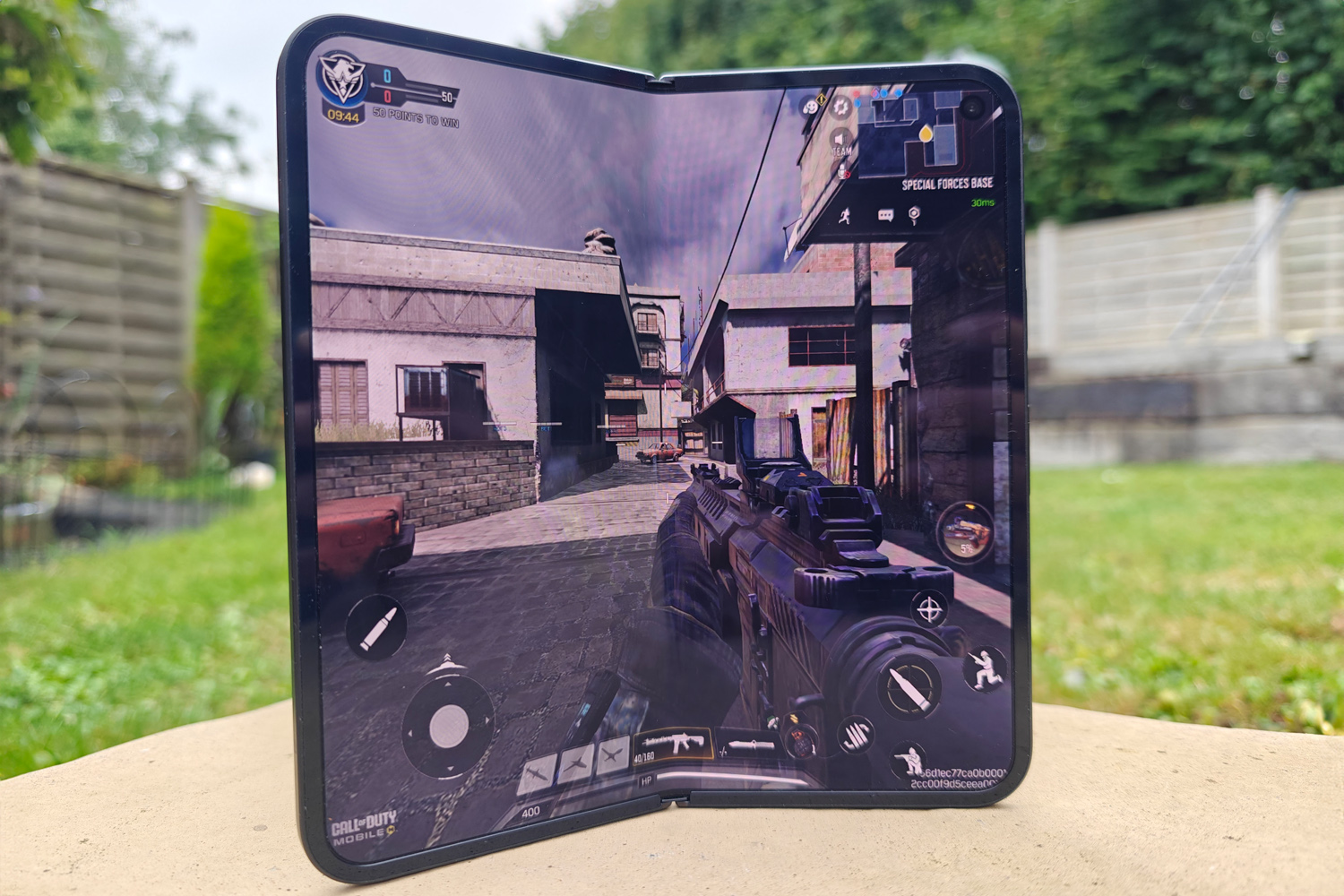
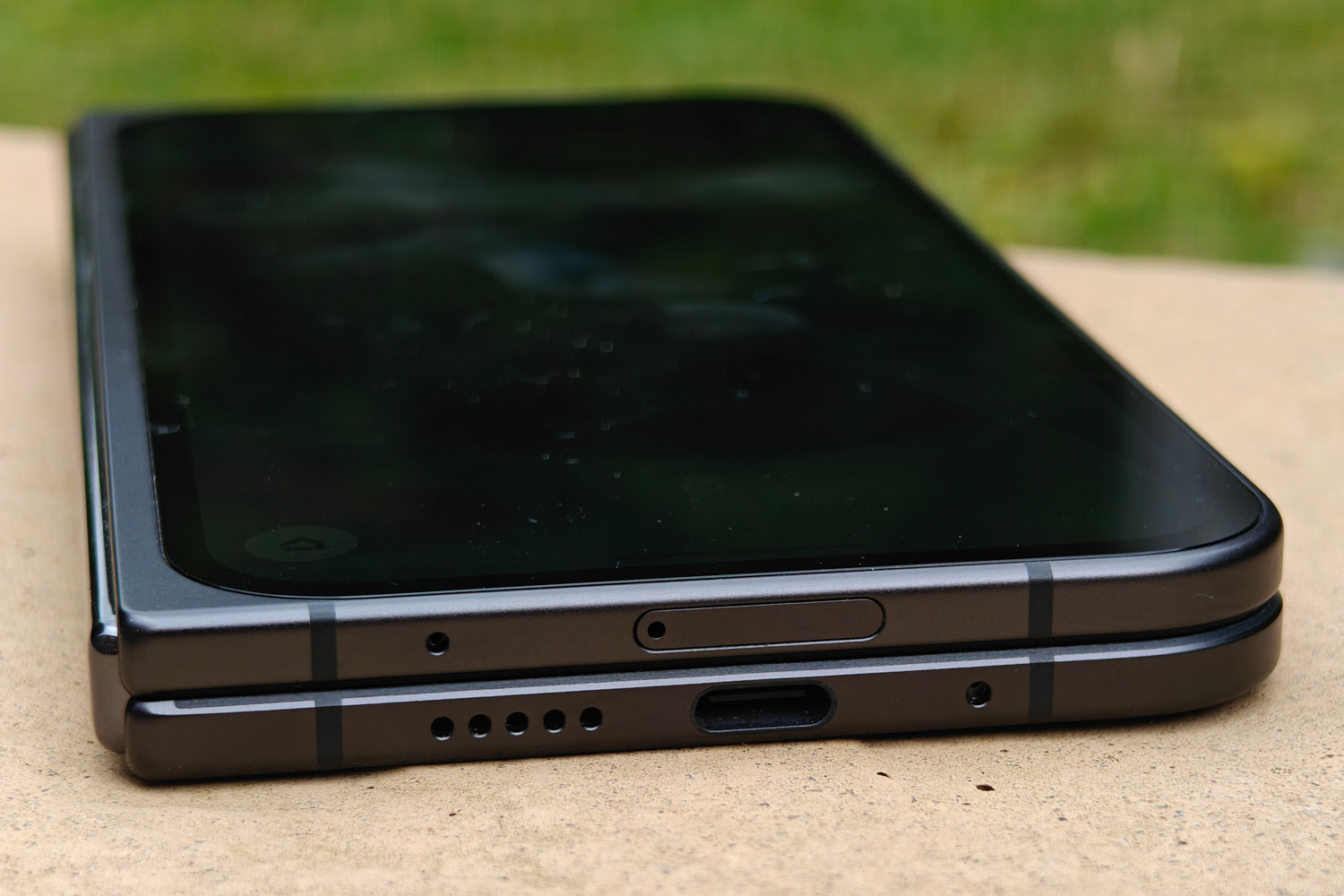
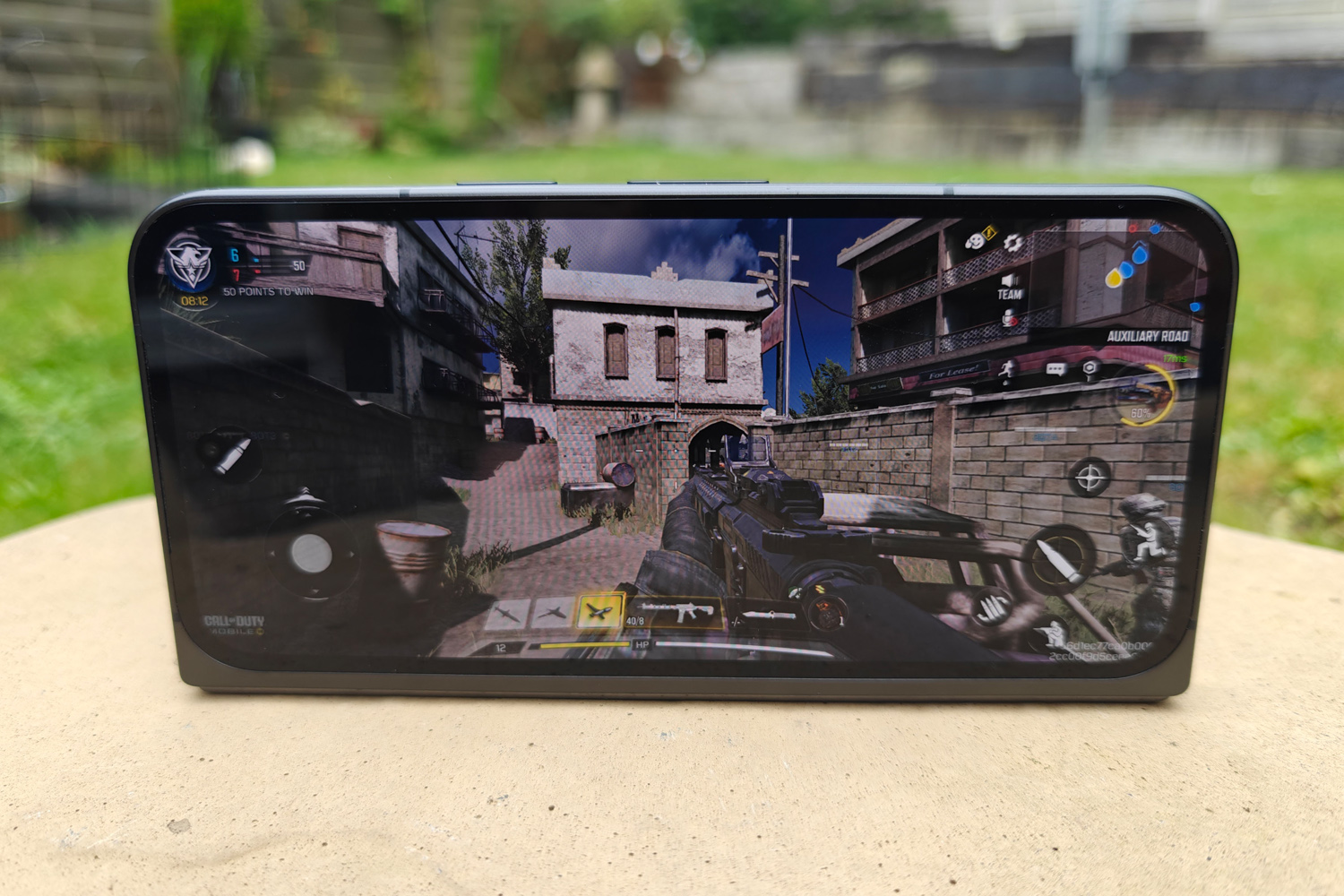
With a Tensor G4 chipset and 16GB of RAM, the Pixel 9 Pro Fold is on par with its non-folding Pro siblings for performance muscle. It’s a considerable jump from the first Pixel Fold, which used Tensor G2 silicon; you really feel it when opening apps and loading games. YouTube Music and Twitch open a full second faster on the newer hardware.
Benchmark apps will tell you Snapdragon-powered foldables have the edge on power (if they’ll run – Google locks a lot of them down pre-launch), but this is still comfortably in flagship territory. It felt brilliantly responsive for the sorts of jobs I use my phone for every day, even with two apps open side-by-side. The large memory pool ensured they rarely, if ever needed to reload when I was toggling between lots of apps in quick succession.
This isn’t the greatest gaming phone, as the Tensor chip just isn’t as optimised for GPU-heavy jobs as a Snapdragon processor. I was able to play Diablo Immortal without noticing any performance dips, but it refused to let me use the highest graphics settings – or use the 60fps frame cap. The Android version of Alien Isolation crashed on launch. Call of Duty Mobile had no issues and happily let me crank its settings to maximum, at which point it ran flawlessly.
Storage starts at 256GB, which is a little better than the Pixel 9 Pro and 9 Pro XL’s miserly 128GB. It puts the Pixel 9 Pro Fold on par with the Samsung Galaxy Z Fold6, but both are left in the shade by the OnePlus Open Apex edition and its 1TB capacity. It doesn’t help that the OnePlus costs less to boot.
I had my fingers crossed the Pixel 9 generation would be first out the gate with Qi2 magnetic charging on Android, but it wasn’t to be. The Pro Fold has regular wireless charging instead. You can’t actually use it with Google’s own Pixel Stand charger, though; apparently the charging coil is placed too low. Whoops. Wired top-ups max out at 21W, which is less than a third of what the OnePlus Open can manage.
How does it fare away from the mains, though? Significantly better than the original Pixel Fold ever did. The 4650mAh battery capacity might be smaller, but the more efficient silicon meant I could go an entire day on a 5G connection without dipping into the red before I got home at midnight. Admittedly I did switch on Battery Saver by mid-afternoon, purely because my train tickets were digital and I couldn’t get home if the phone ran dry, but I needn’t have worried. The next day on Wi-Fi I saw similar stamina, even with 30 minutes of gaming and a few hours of video streaming.
This compares favourably with the Galaxy Z Fold6 and bests the OnePlus Open by a small margin. The Vivo X Fold3 Pro and its bigger battery still have the lead for longevity, though.
Google Pixel 9 Pro Fold verdict
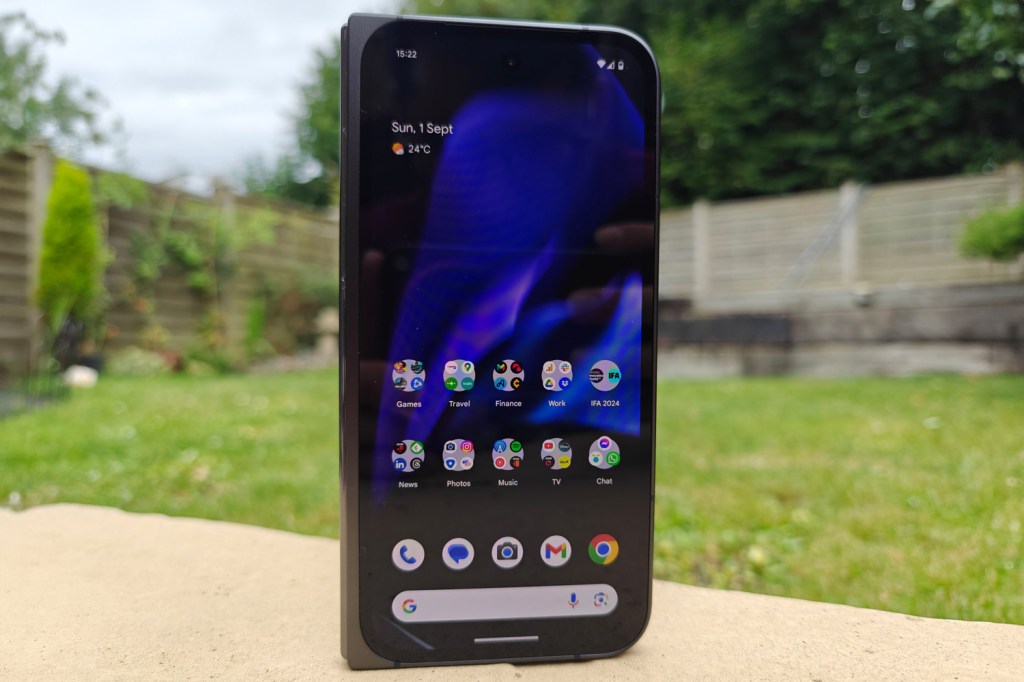
The first Pixel fold wasn’t quite a “let’s pretend it never existed” failure, but it felt rushed in ways I just didn’t expect from Google. This new, renamed successor is the course correction I was hoping for. The Pixel 9 Pro Fold is a giant leap forward on the hardware front, with design, dimensions and displays to challenge the class leaders.
Photography is really rather good, performance is consistently high, and the battery does genuinely last all day – though it isn’t the outright best foldable in any of those categories. And while the new Pixel-specific software additions are great and the Gemini AI upgrades are super slick, I feel Google could do more on the multitasking front.
For big-screen entertainment in a phone form factor, though, this is a superb option for Western audiences that aren’t exactly overwhelmed with foldable choice.
Stuff Says…
An astonishing year-on-year turnaround for Googles foldable effort. The Pixel 9 Pro Fold might not leave the rest of the class in the dust, but it has the styling, screen and software to earn a place on the podium.
Pros
Major design overhaul for the better
Consistent performance and day-long battery life
Very capable rear cameras
Cons
Beaten by the competition in several key areas
Multitsking feels restrictive compared to rivals
Still eye-wateringly expensive
Google Pixel 9 Pro Fold technical specifications
| Screen | 8in, 2152×2076, 1-120Hz OLED (inner) 6.3in, 2424×1080, 60-120Hz OLED (outer) |
| CPU | Google Tensor G4 |
| Memory | 16GB RAM |
| Cameras | 48MP, f/1.7 w/ dual pixel PDAF, OIS, laser AF + 10.8MP, f/3.1 telephoto w/ dual pixel PDAF, OIS, 5x optical zoom 10.5MP, f/2.2 ultrawide w/ PDAF, macro focus rear 10MP, f/2.2 w/ PDAF cover 10MP, f/2.2 w/ PDAF inner |
| Storage | 256/512GB |
| Operating system | Android 14 |
| Battery | 4650mAh w/ 21W wired, 7.5W wireless charging |
| Dimensions | 155x150x5.1mm (unfolded) 155x77x10.5mm (folded) 257g |

